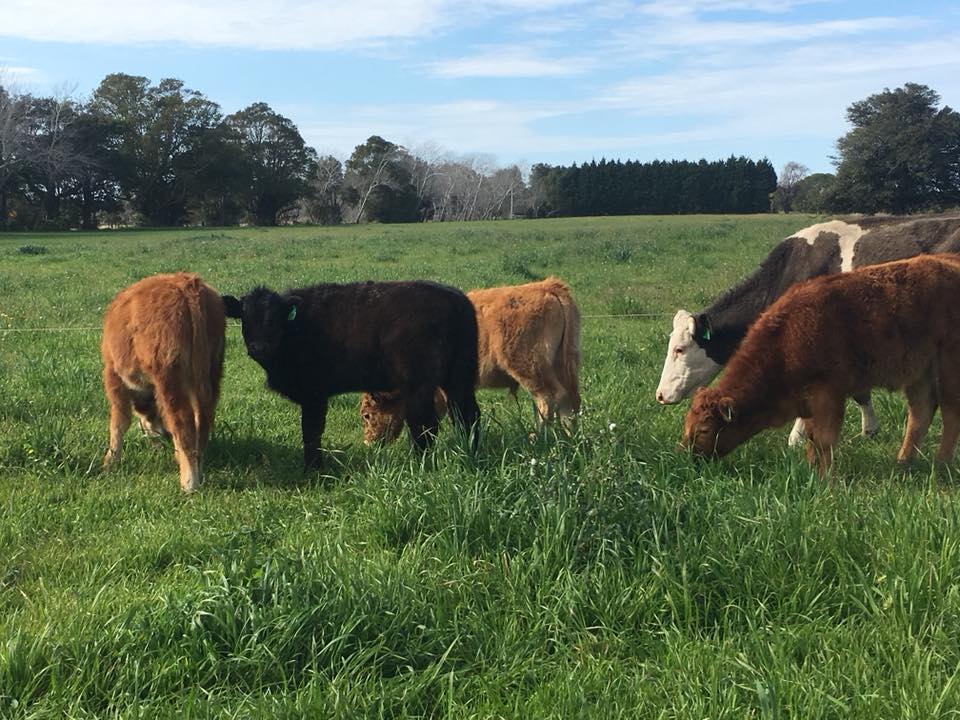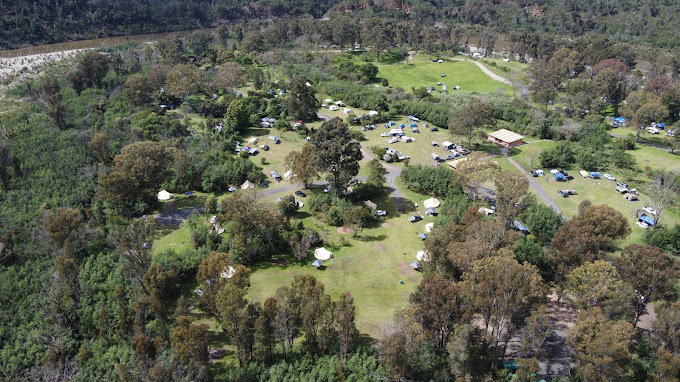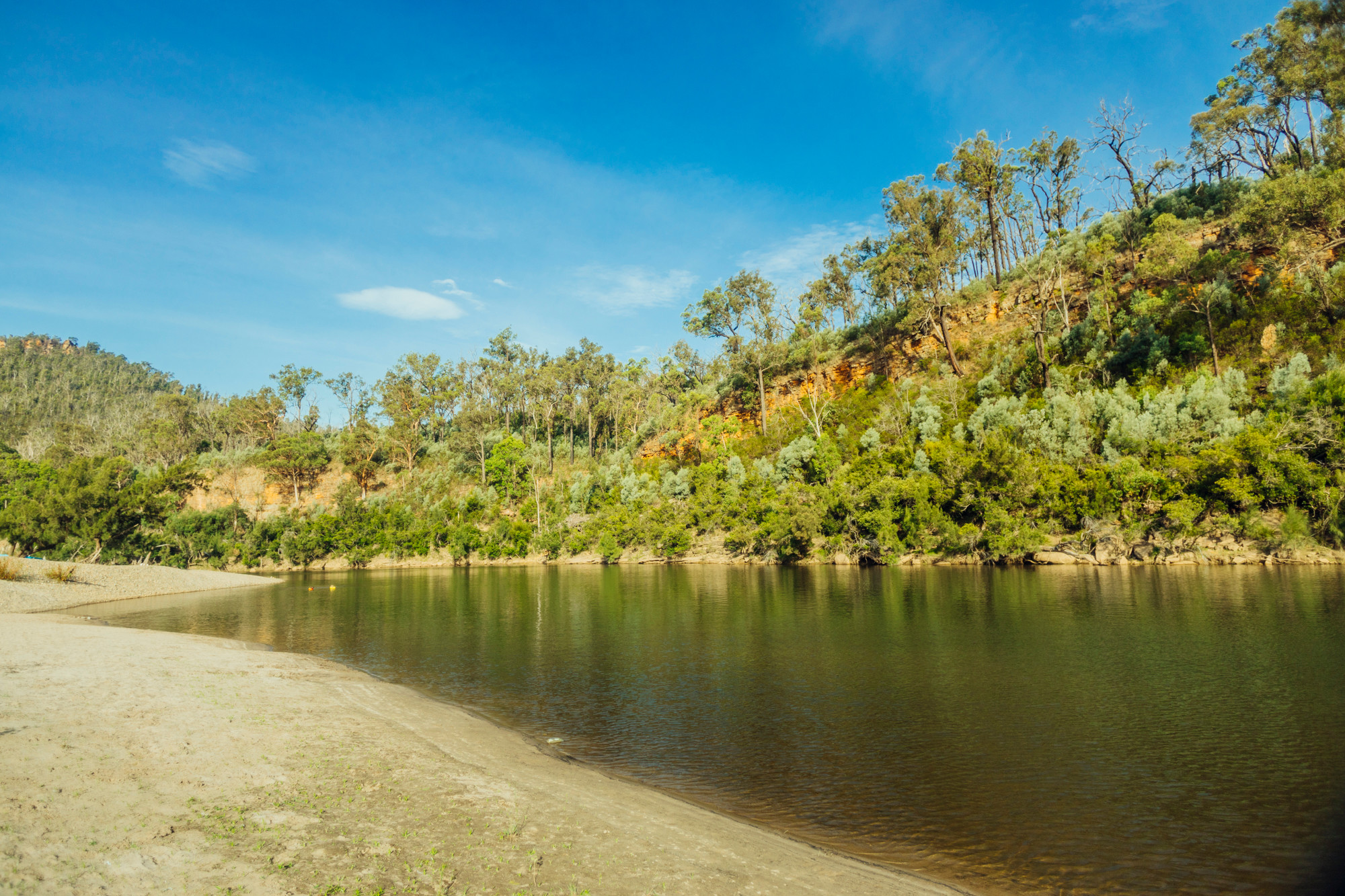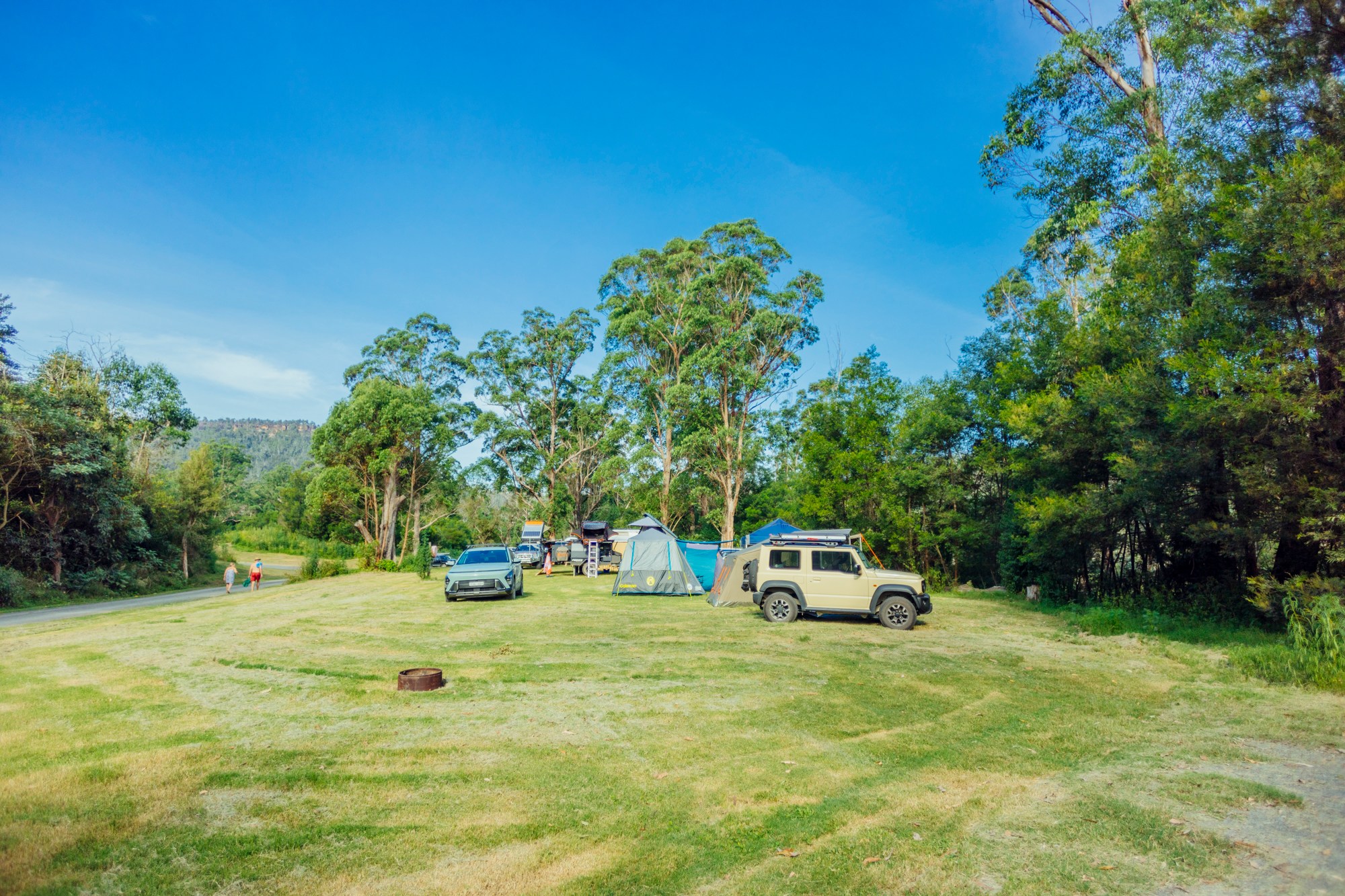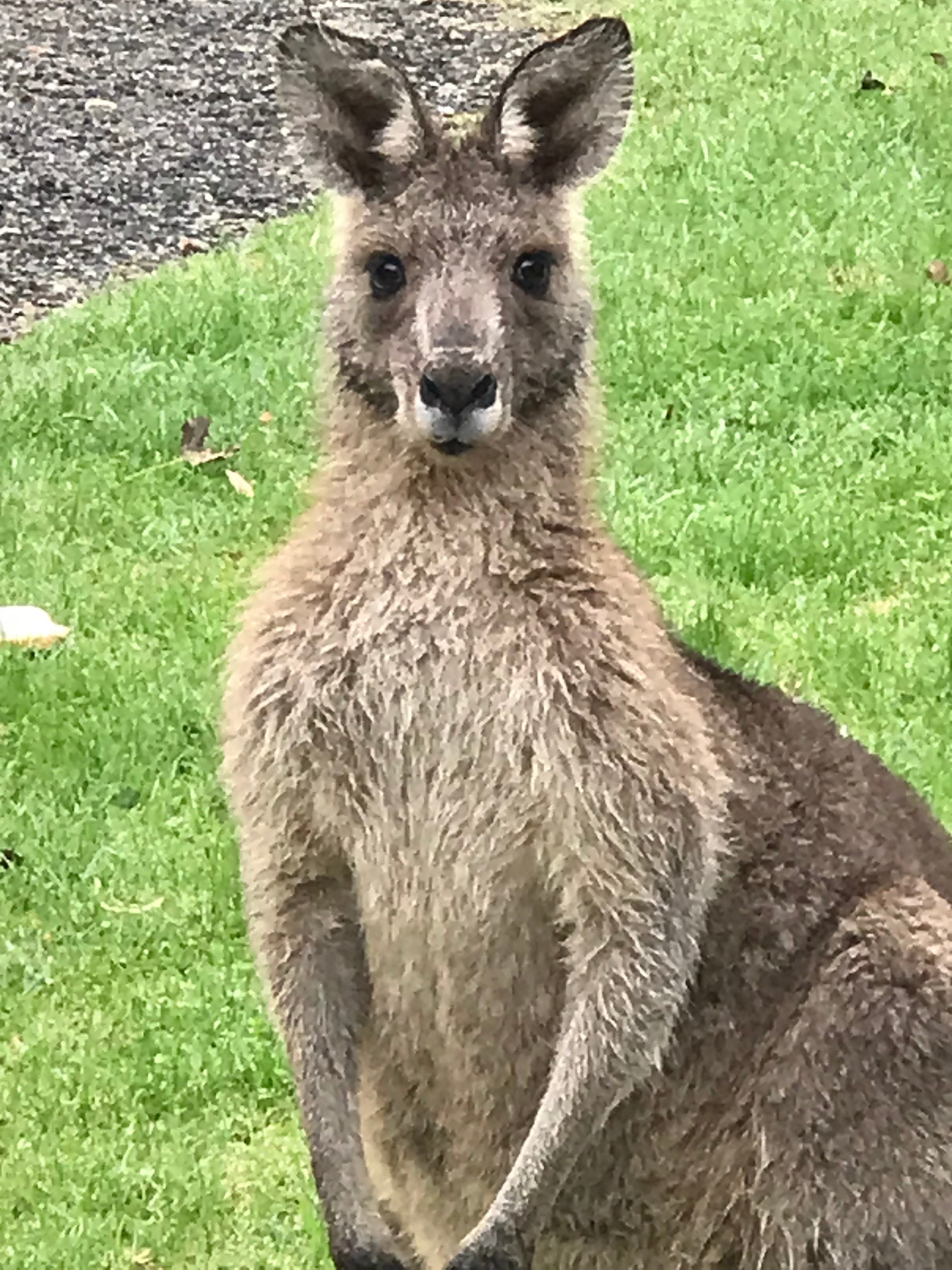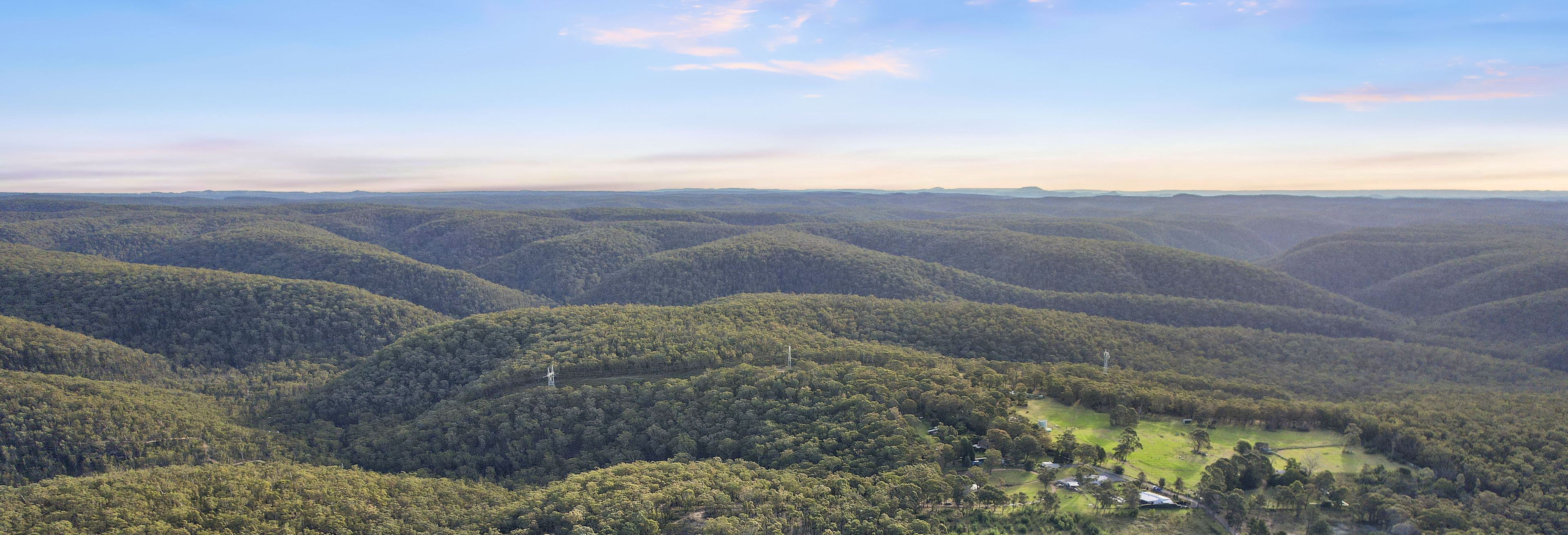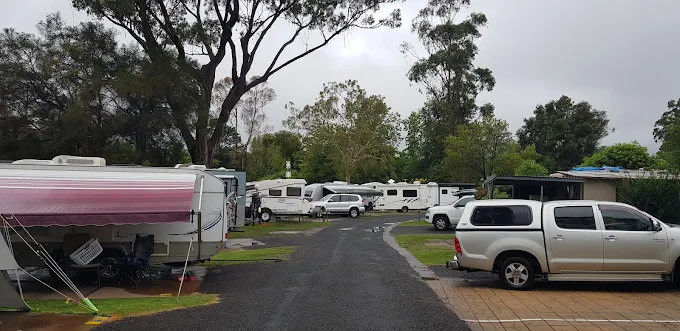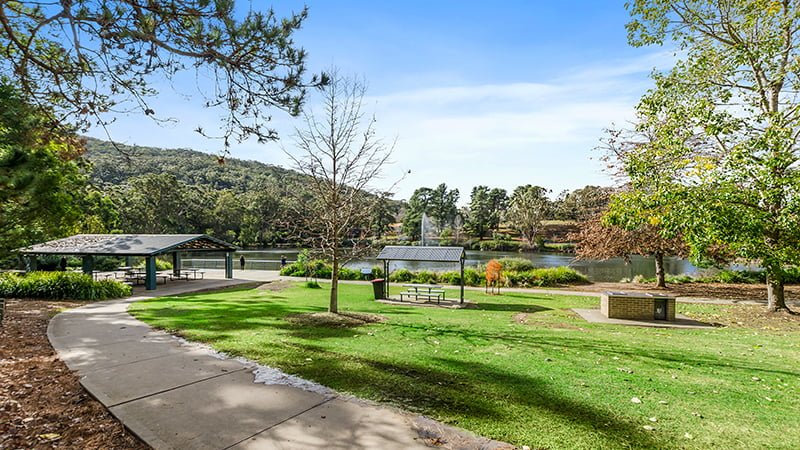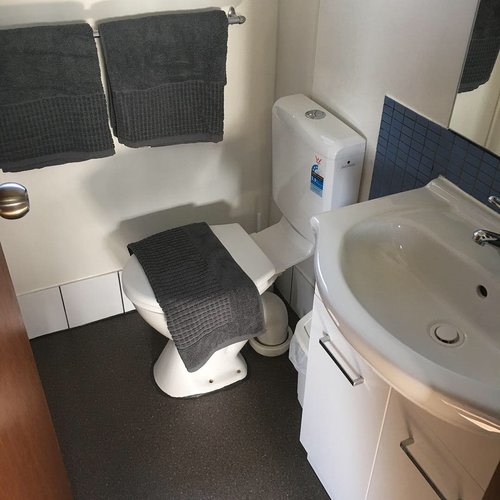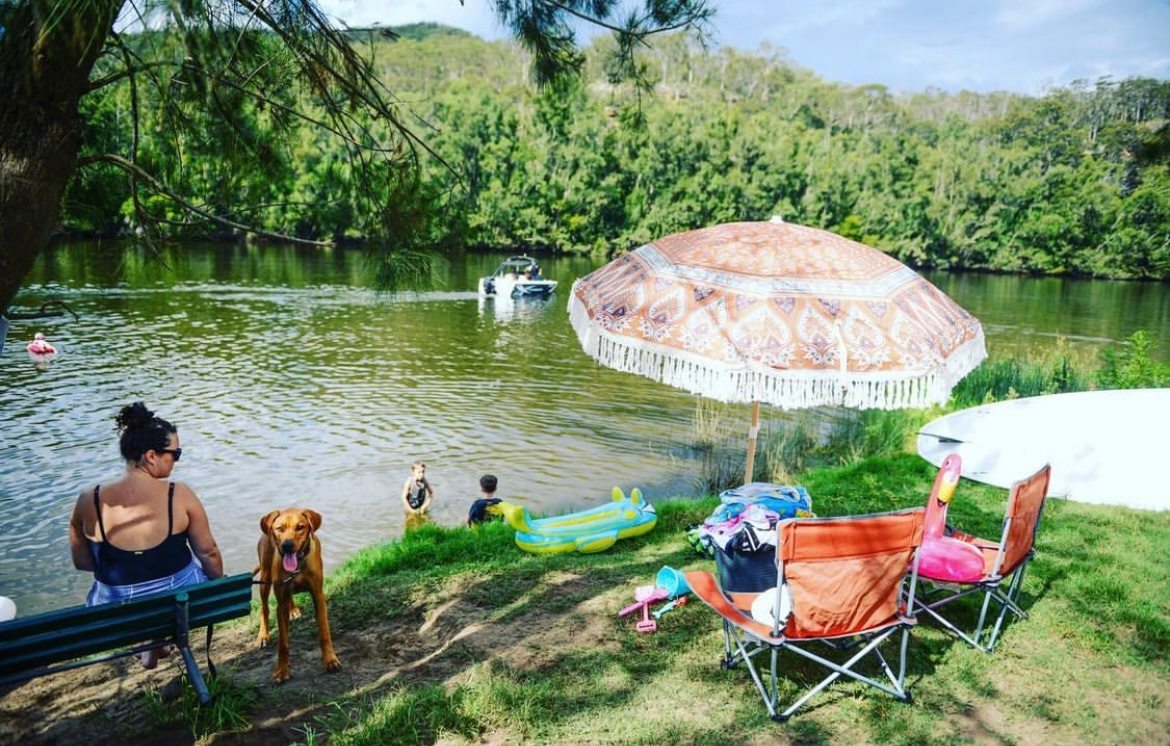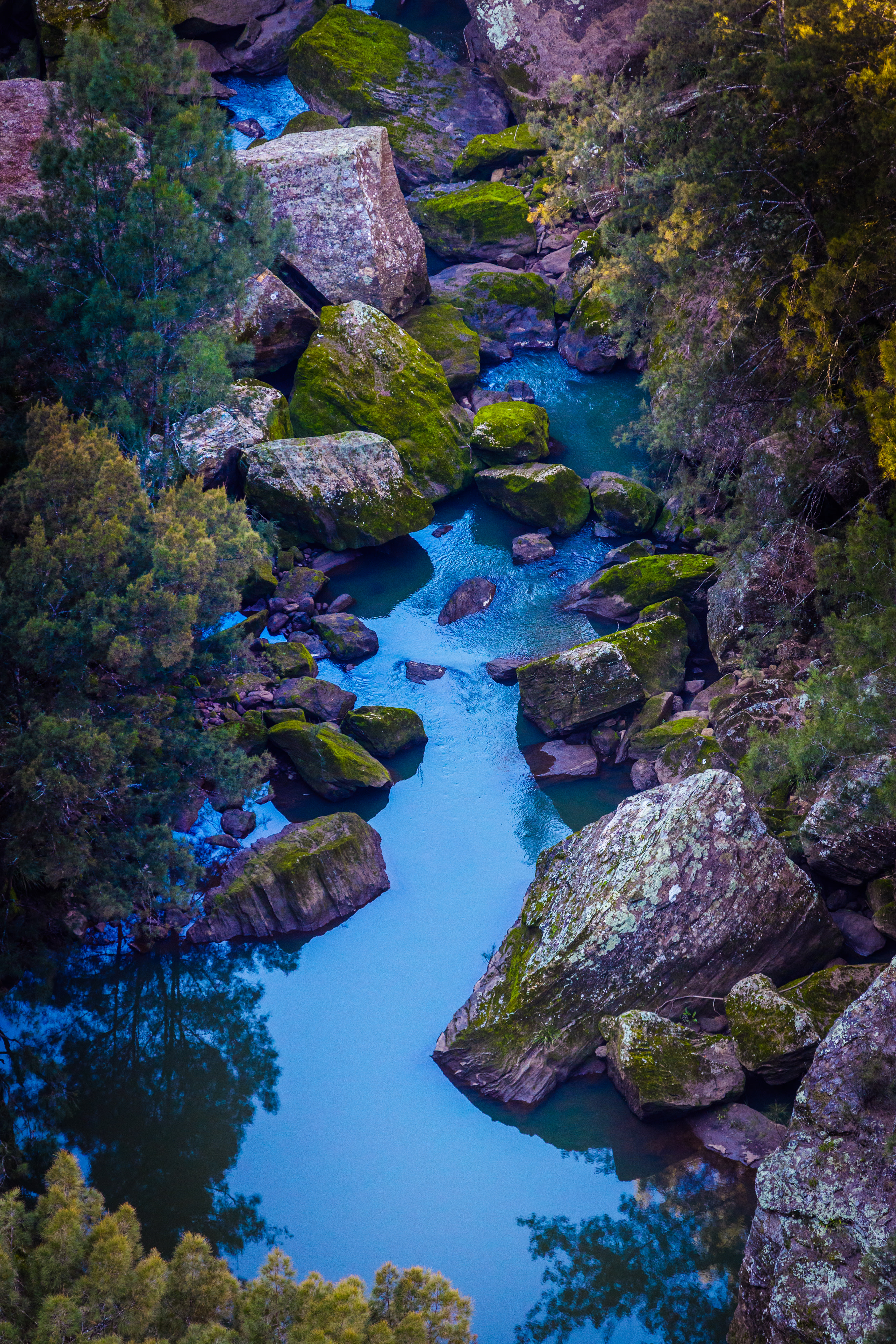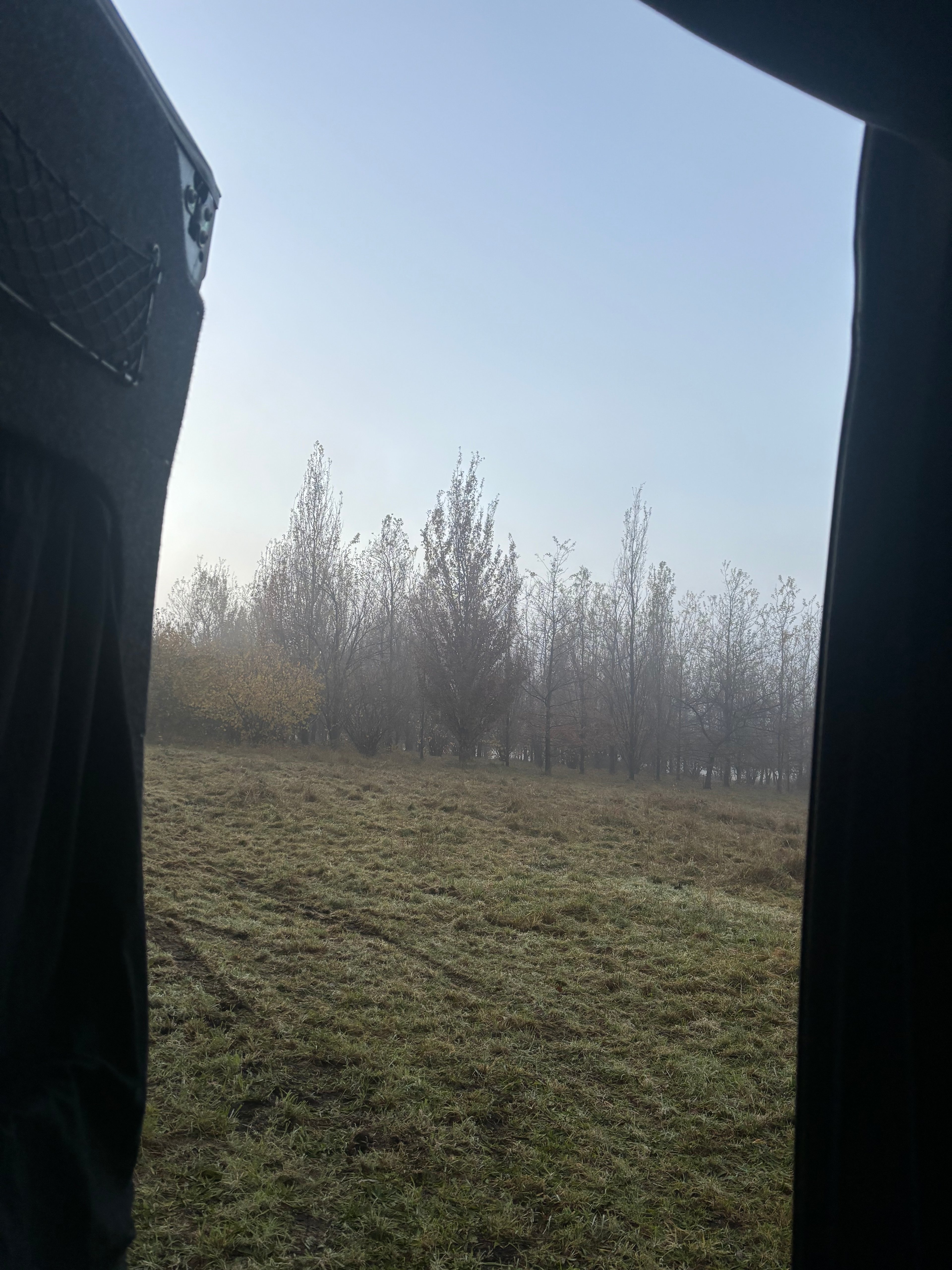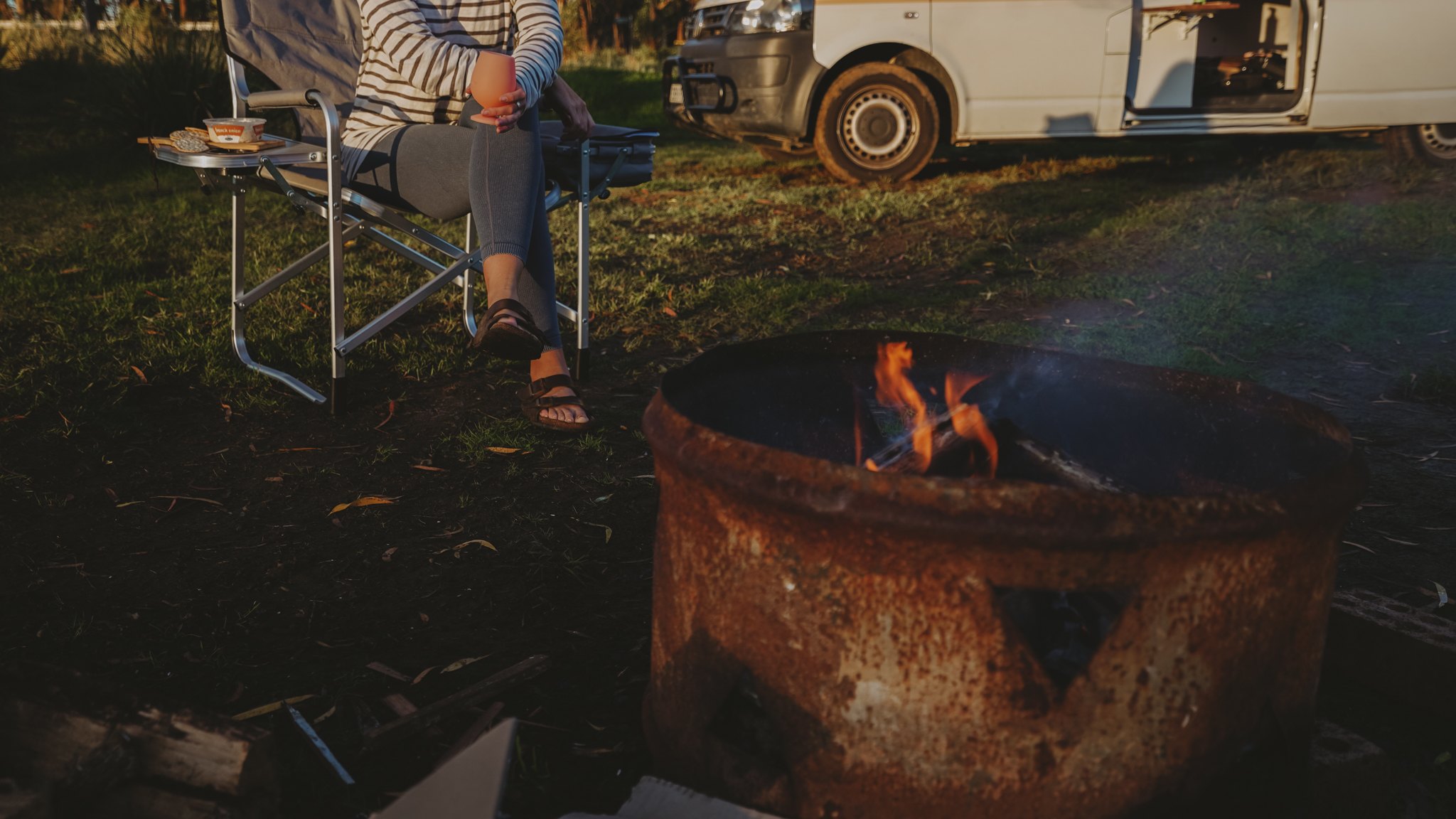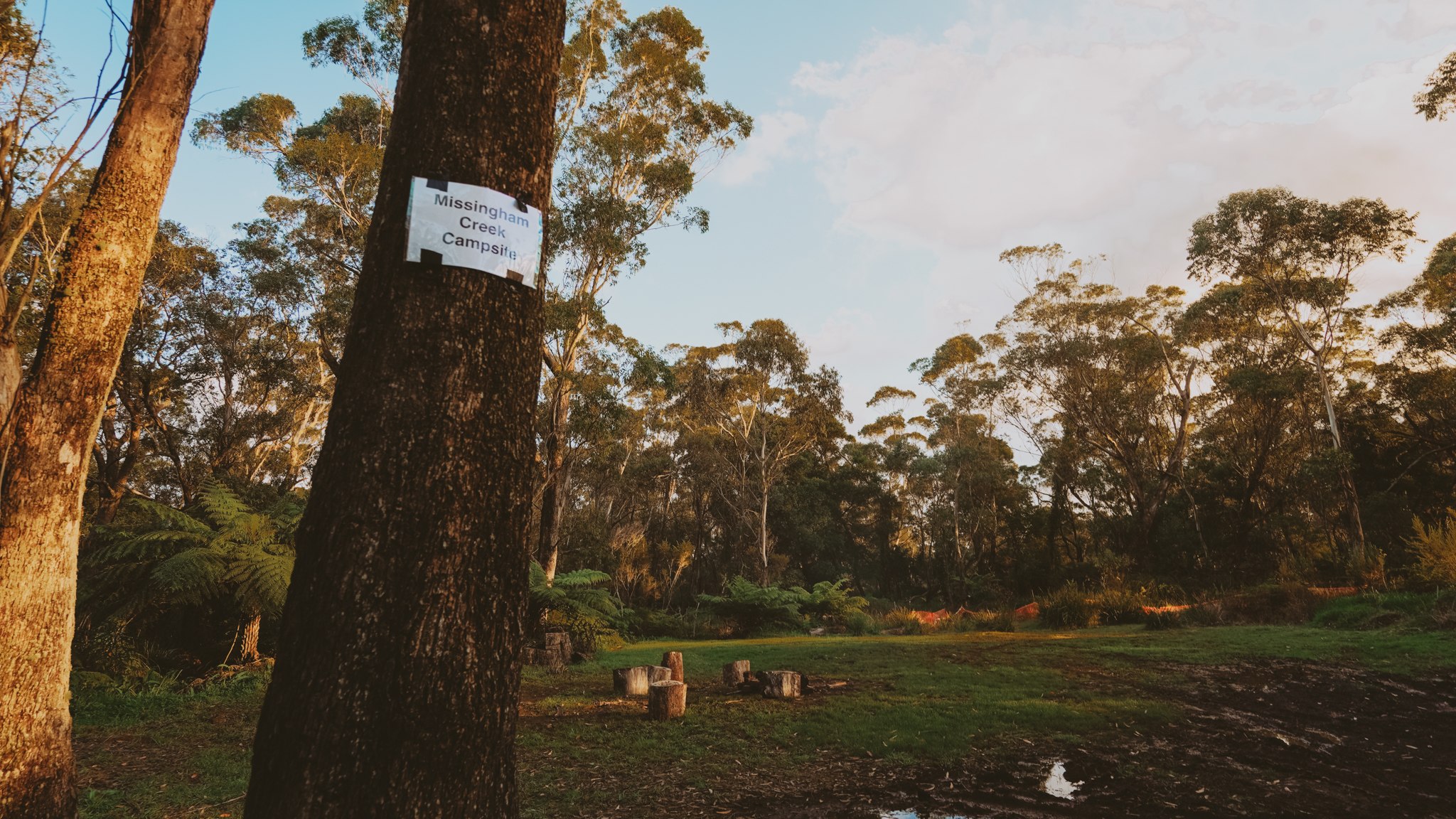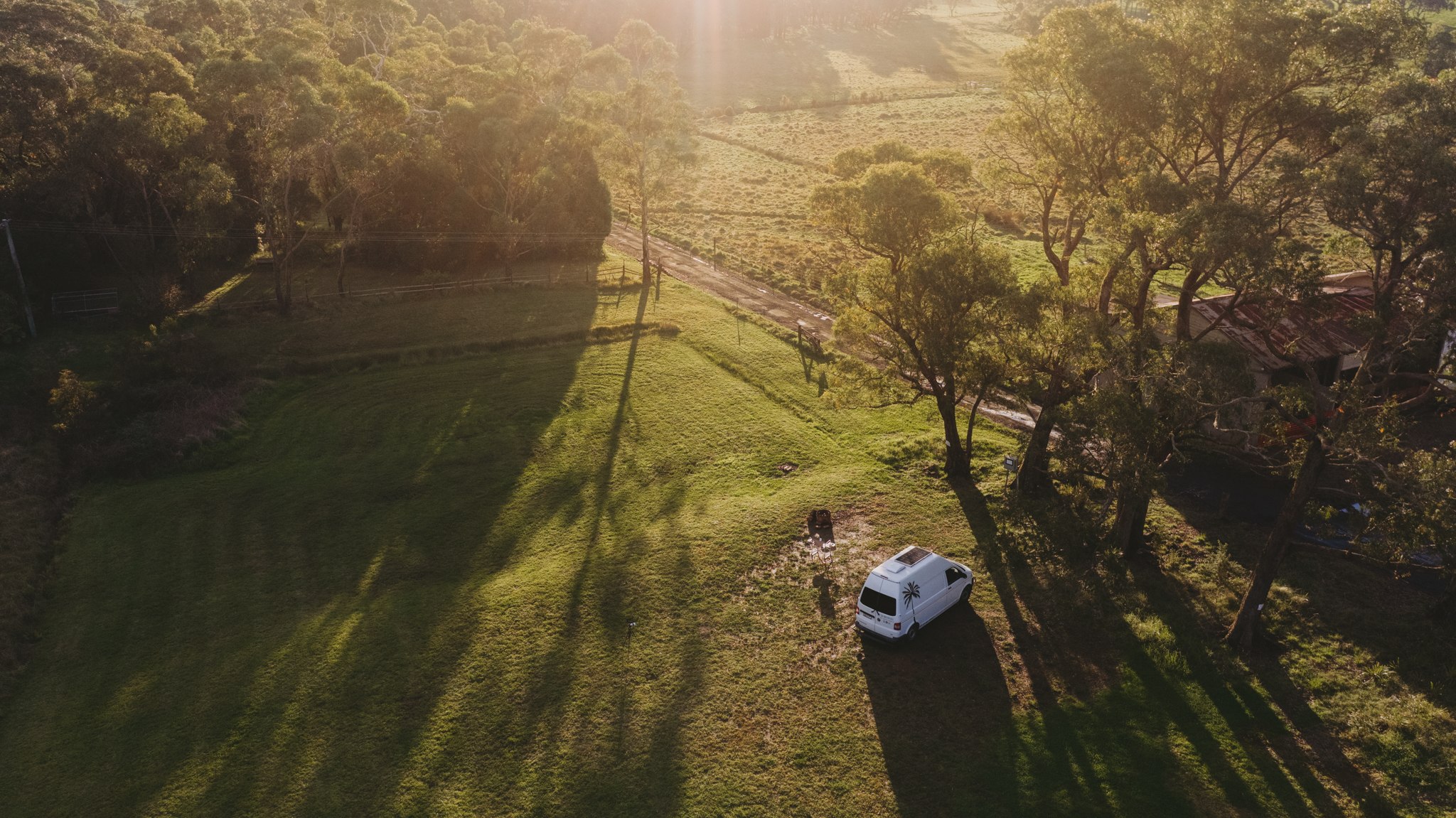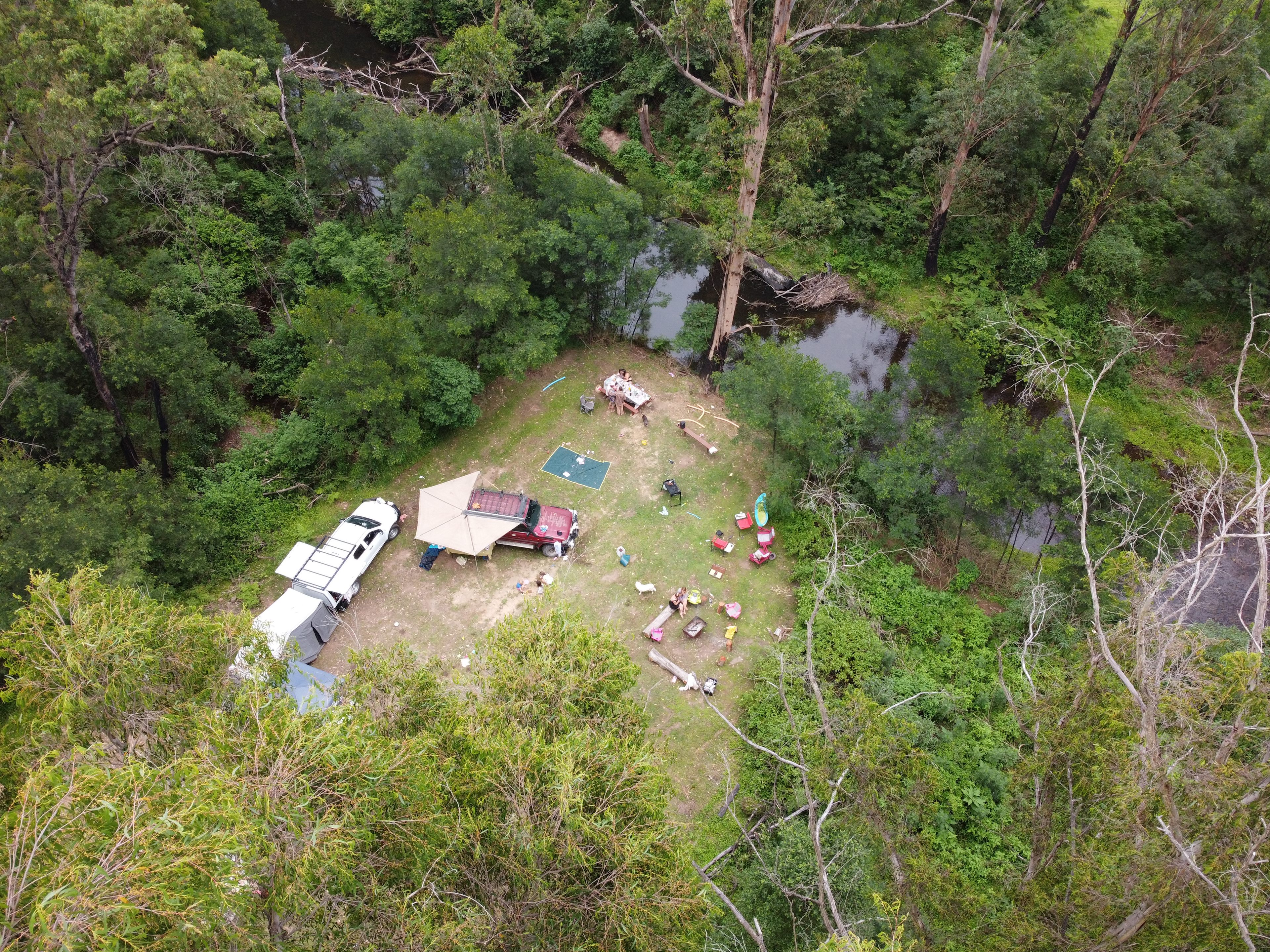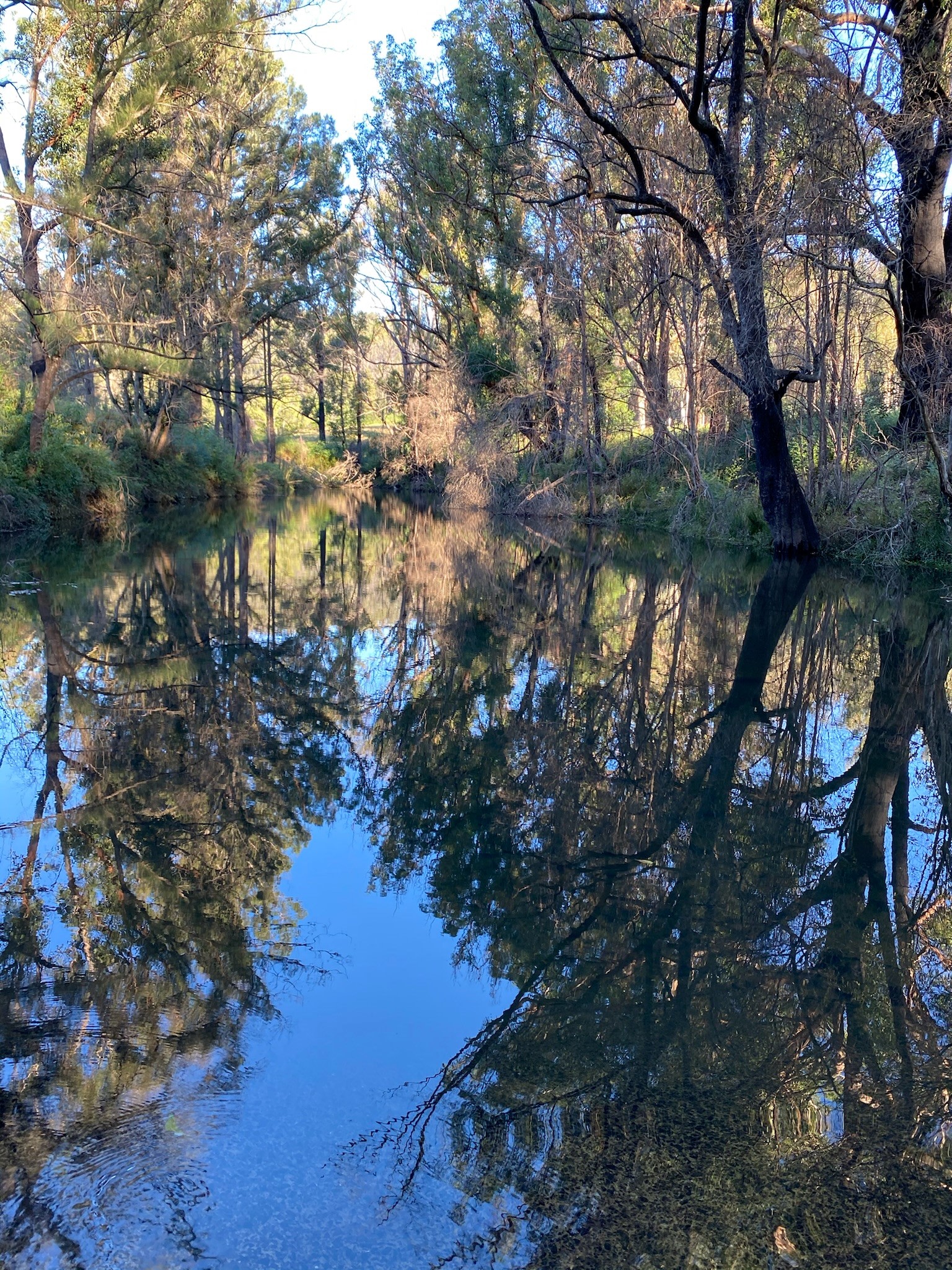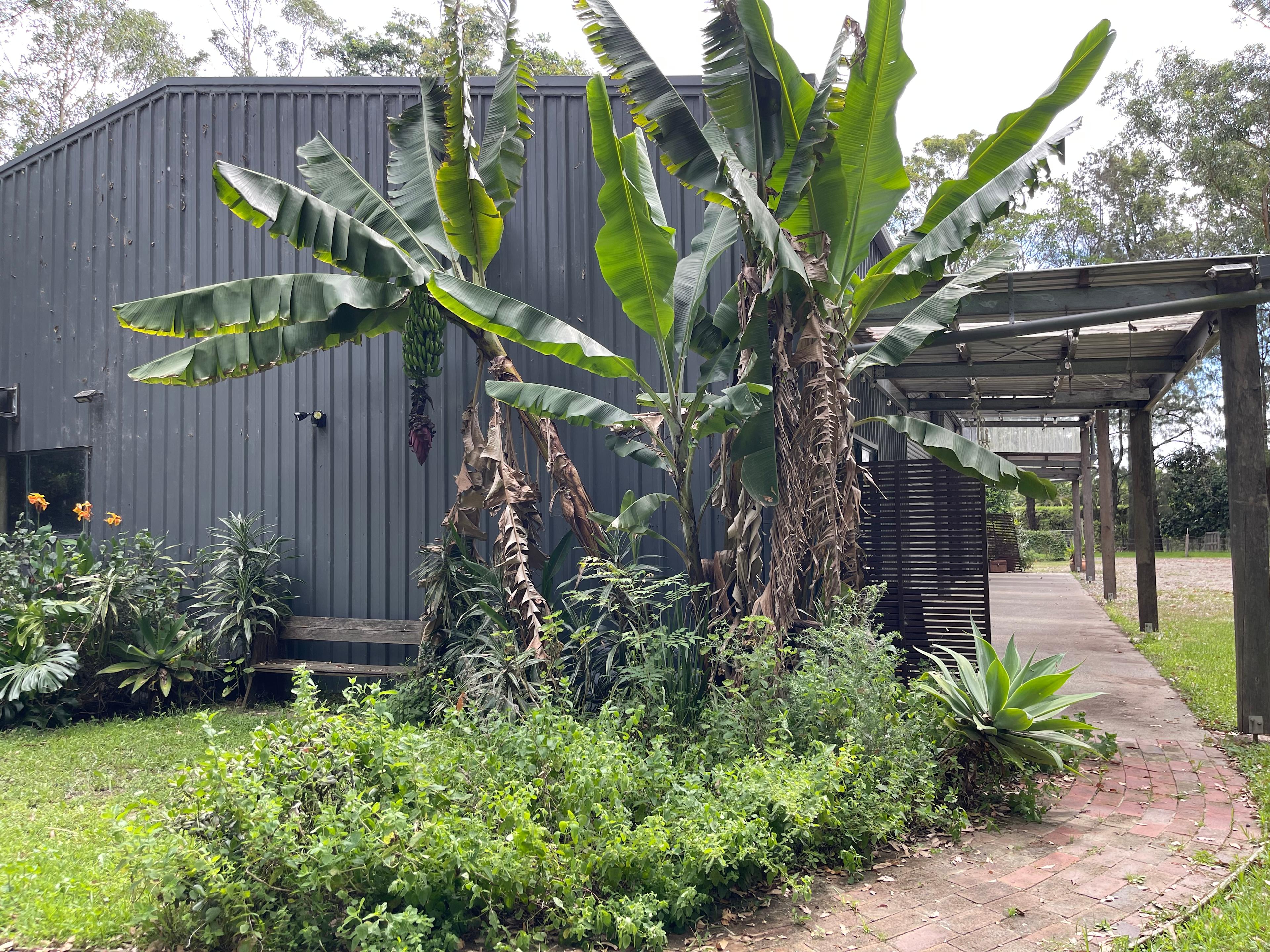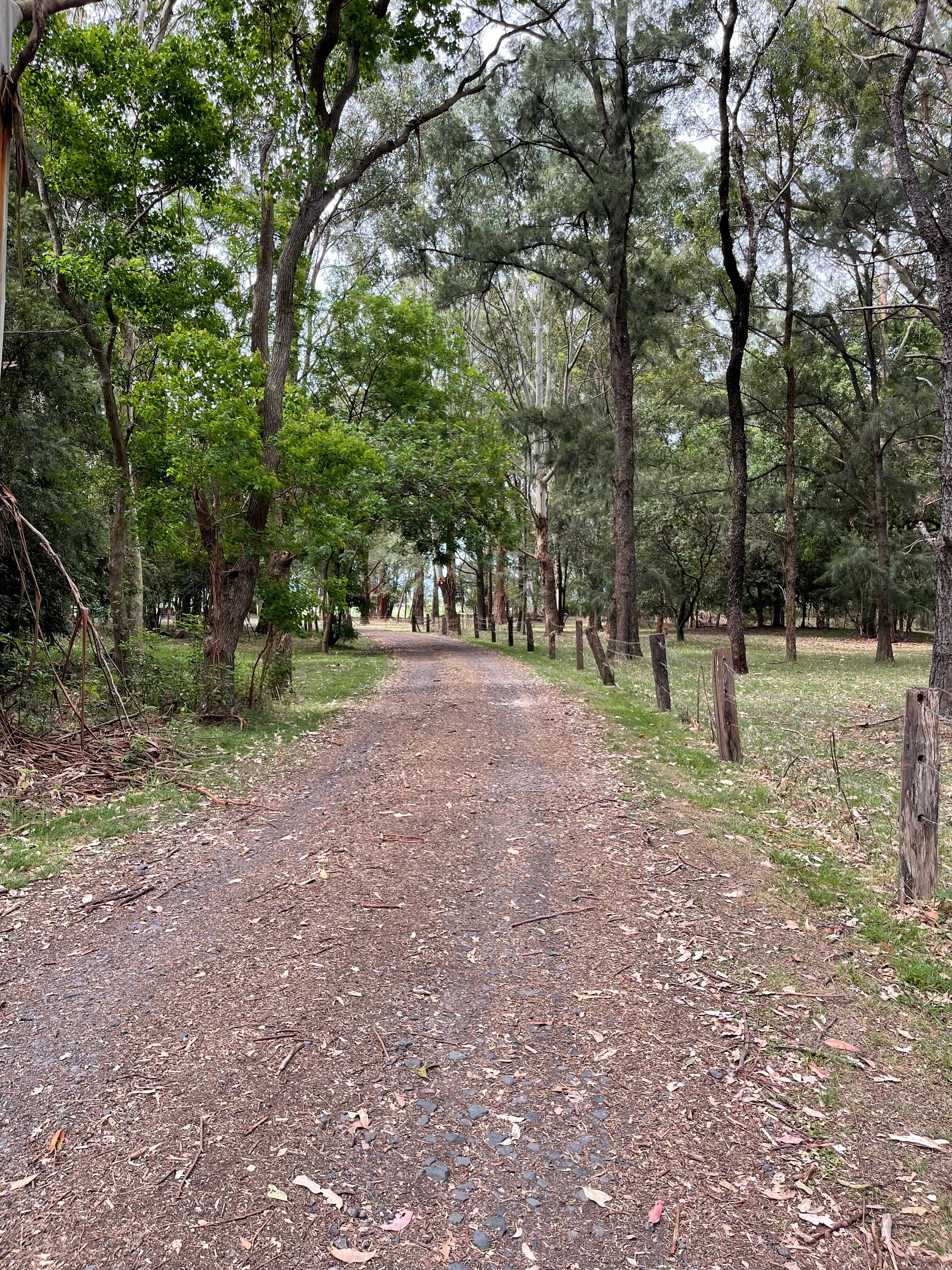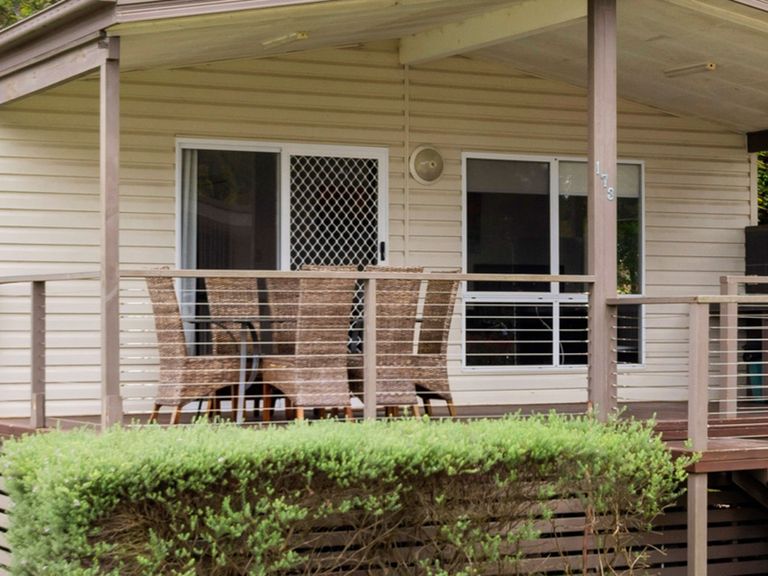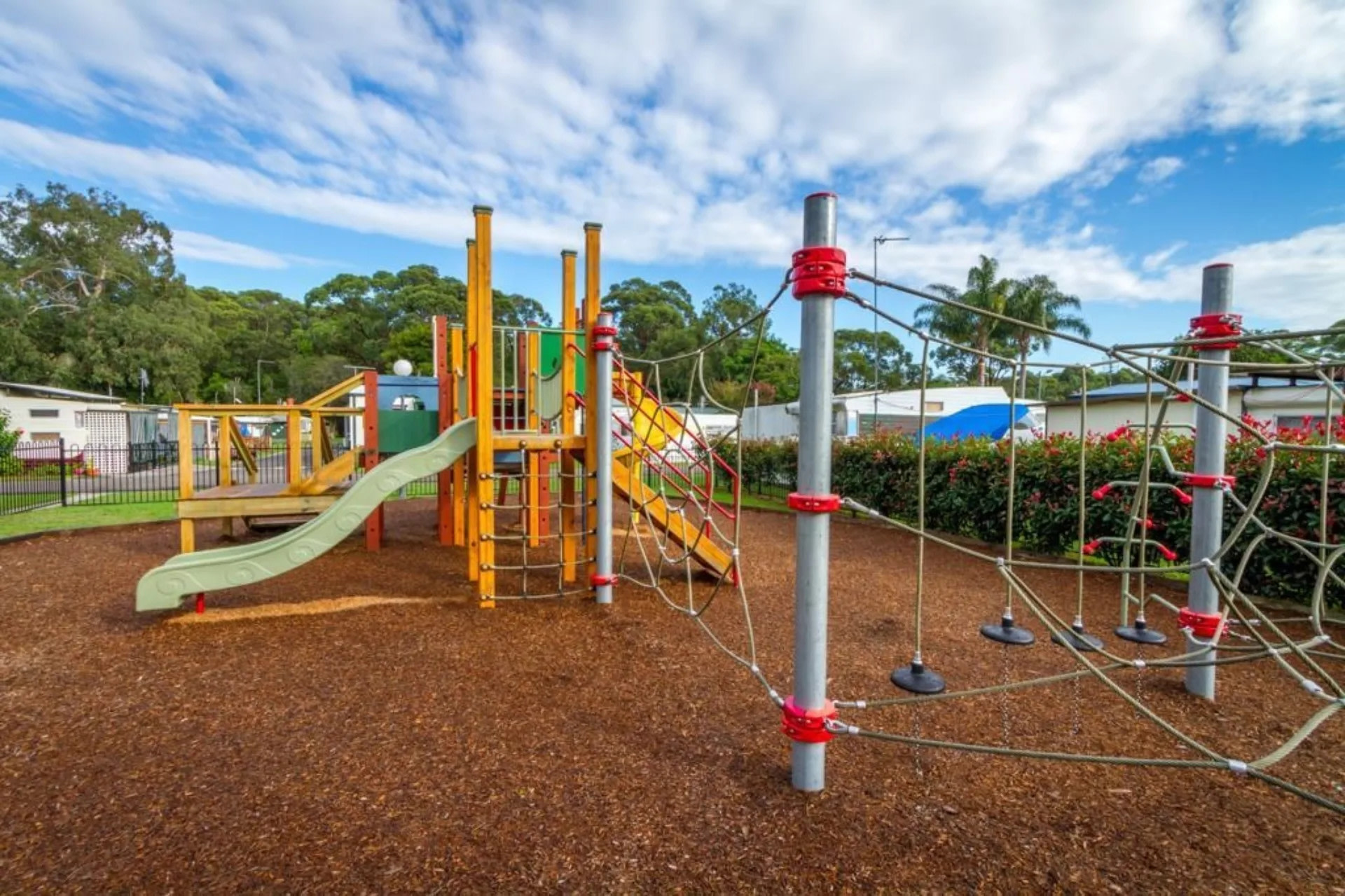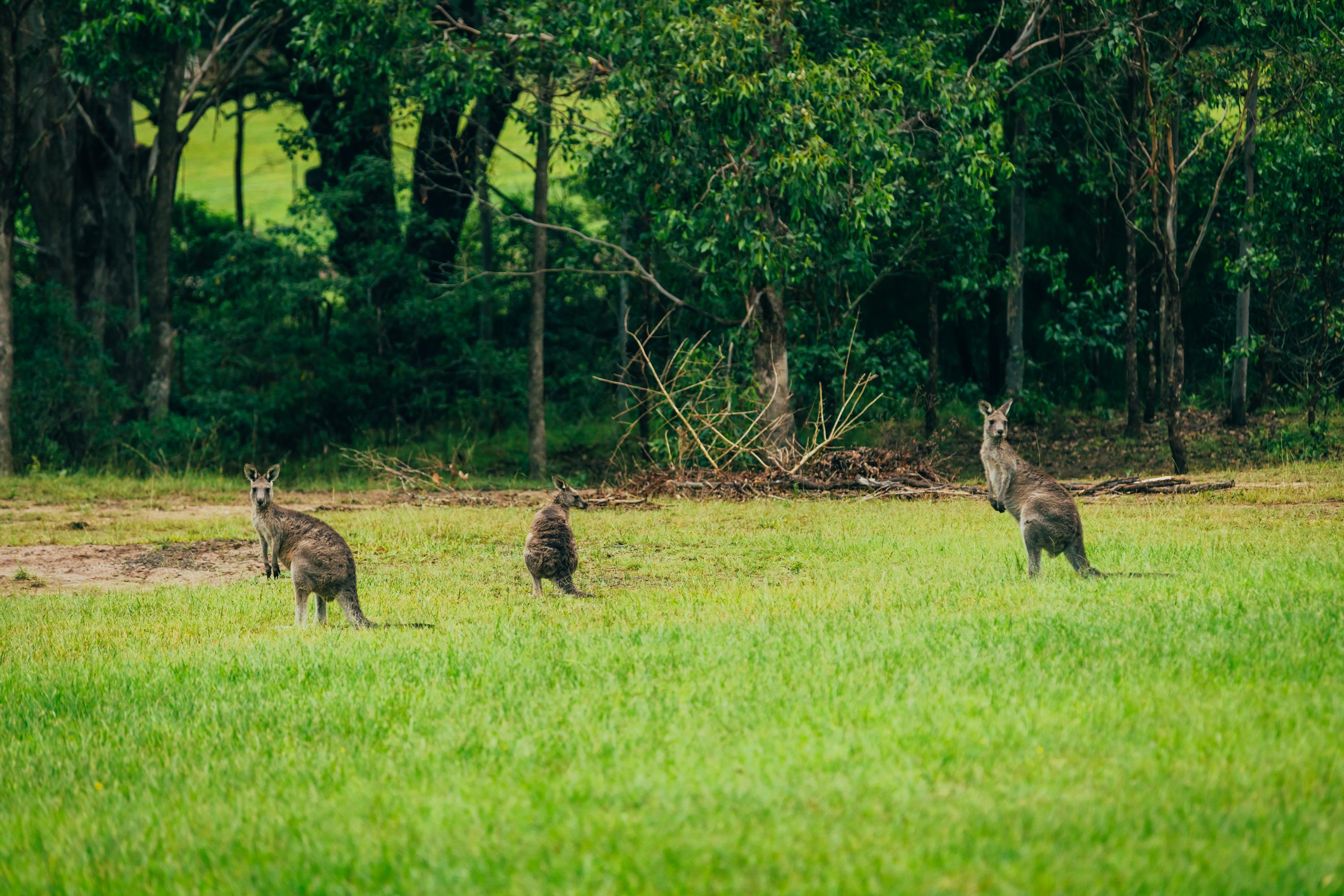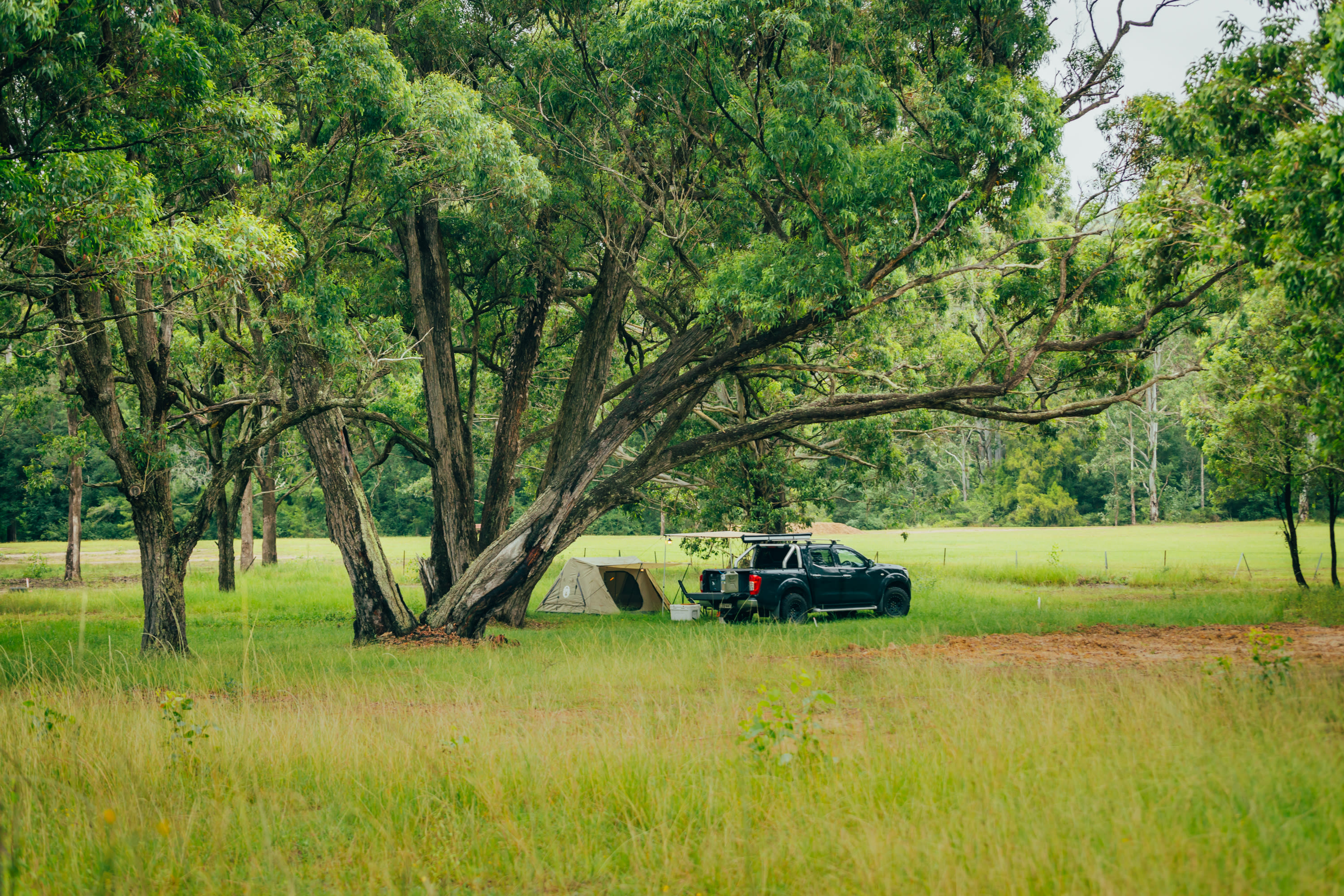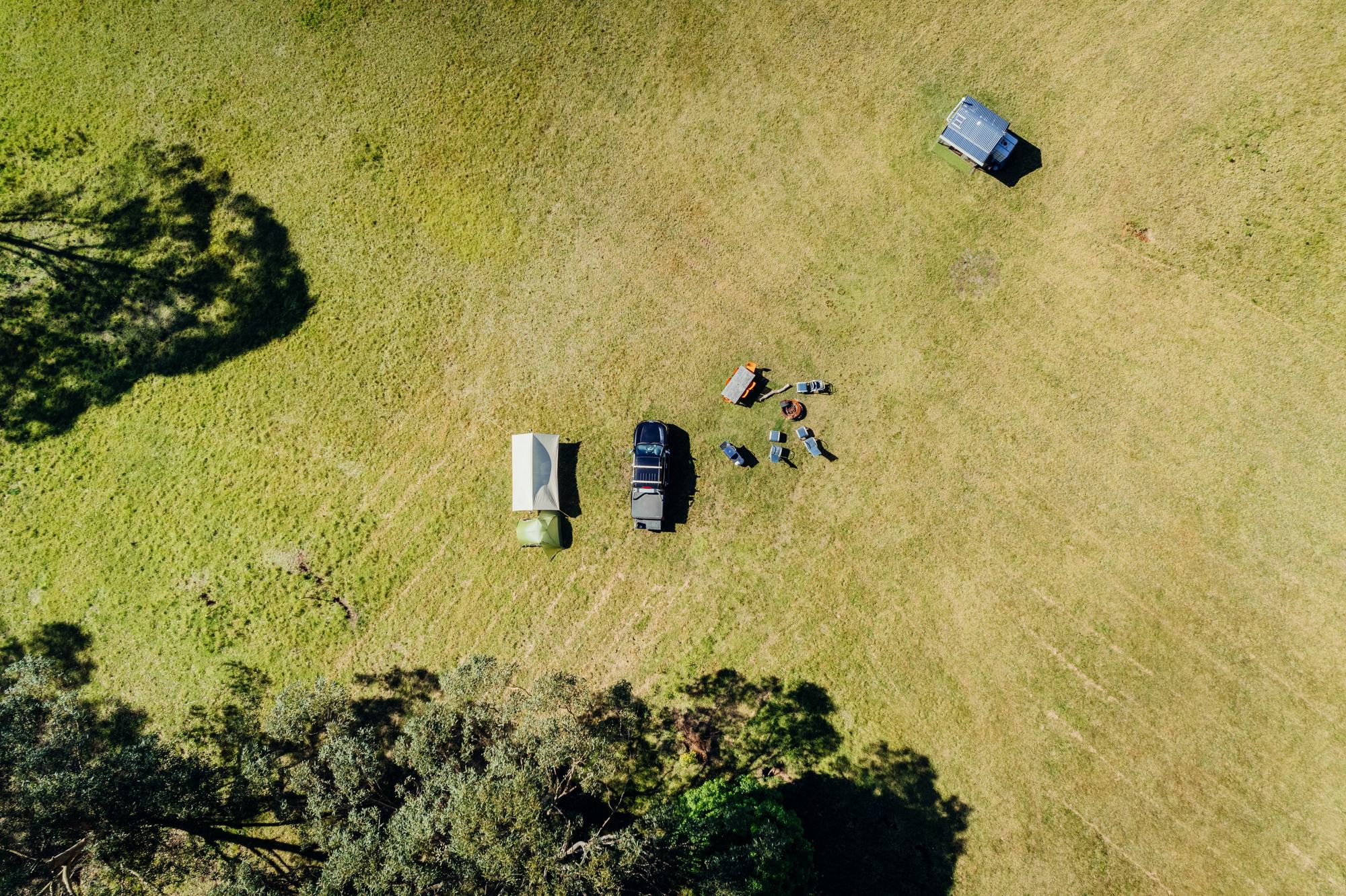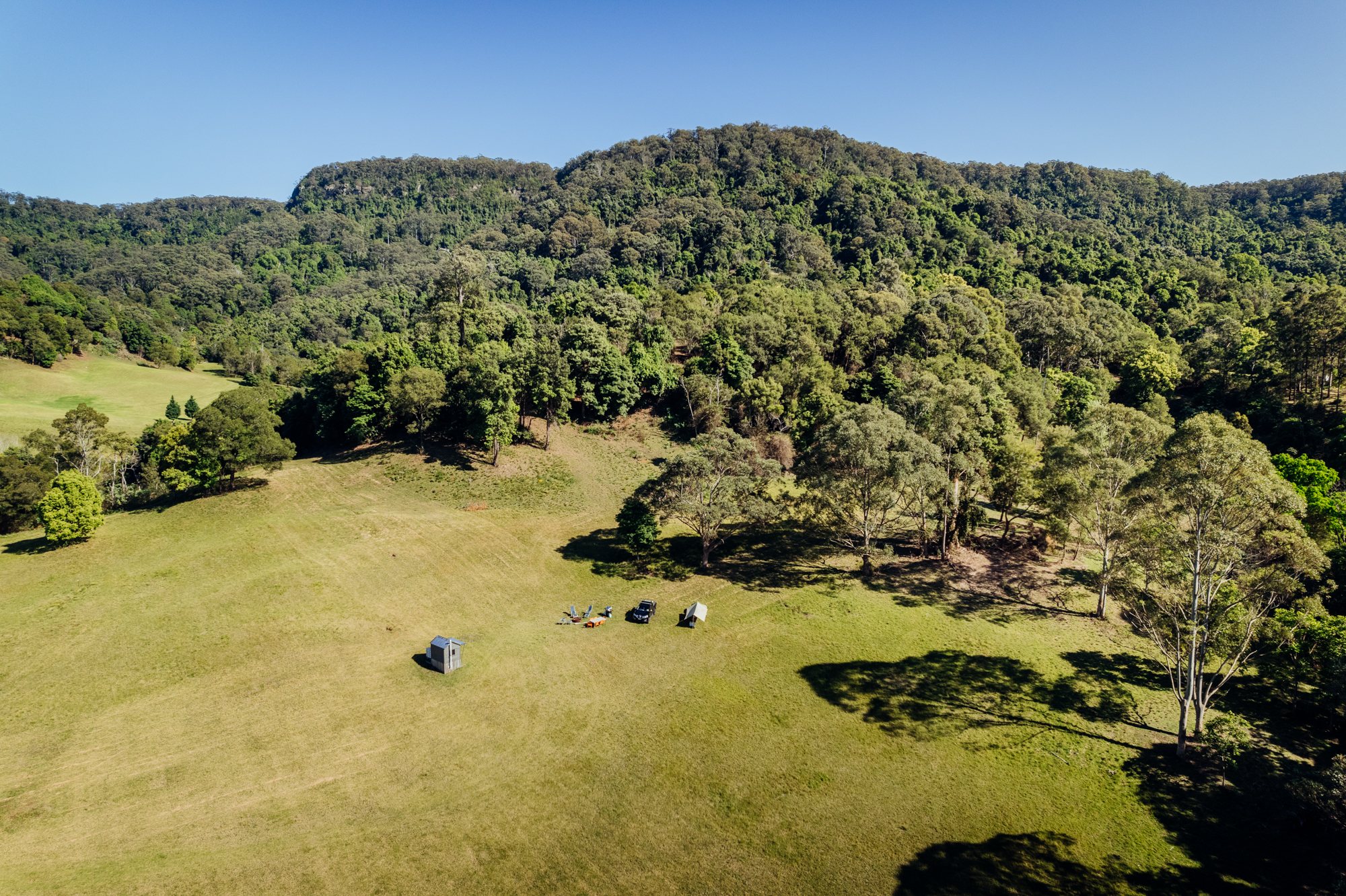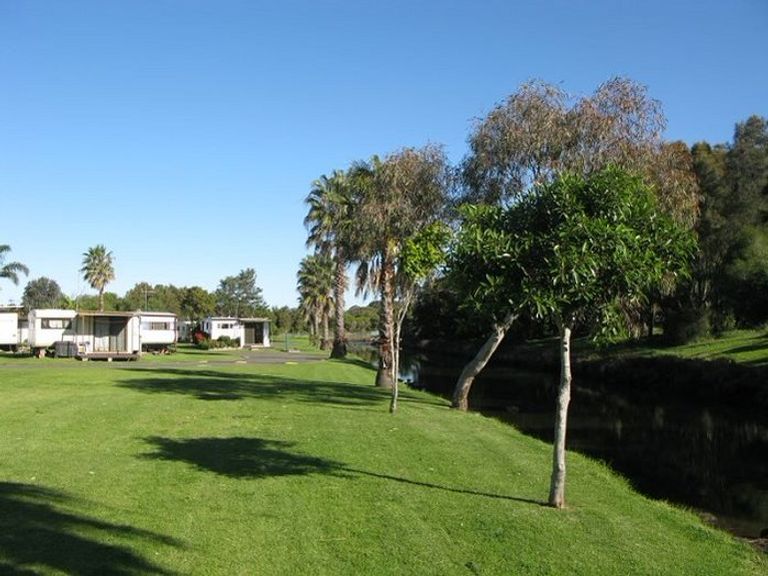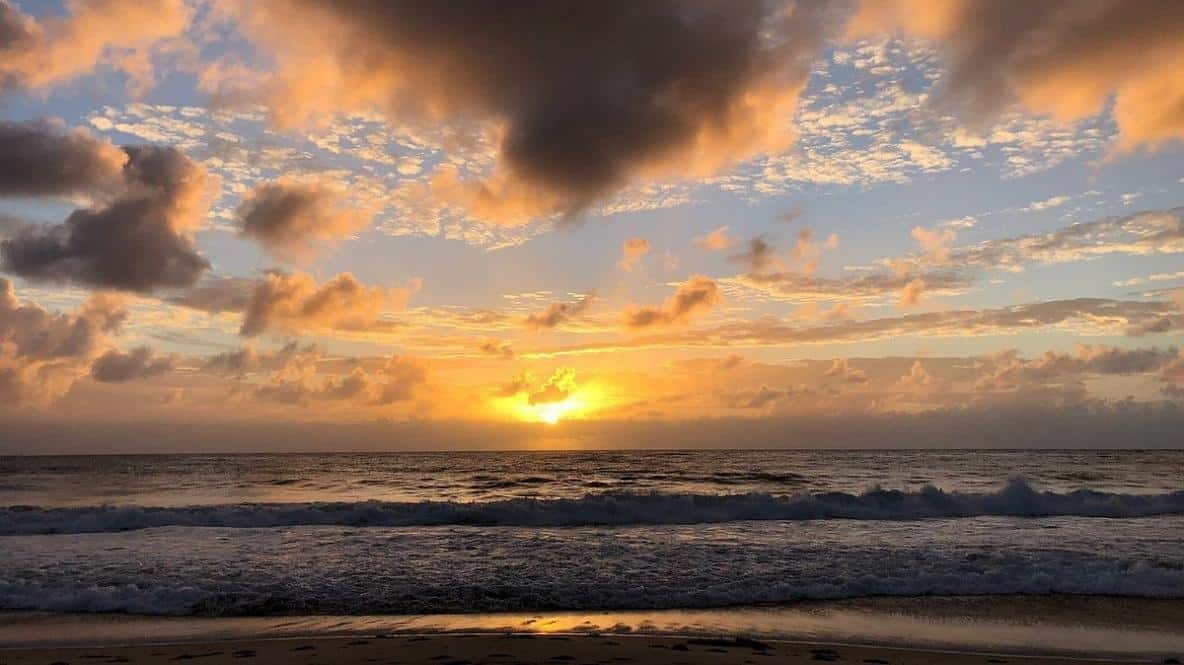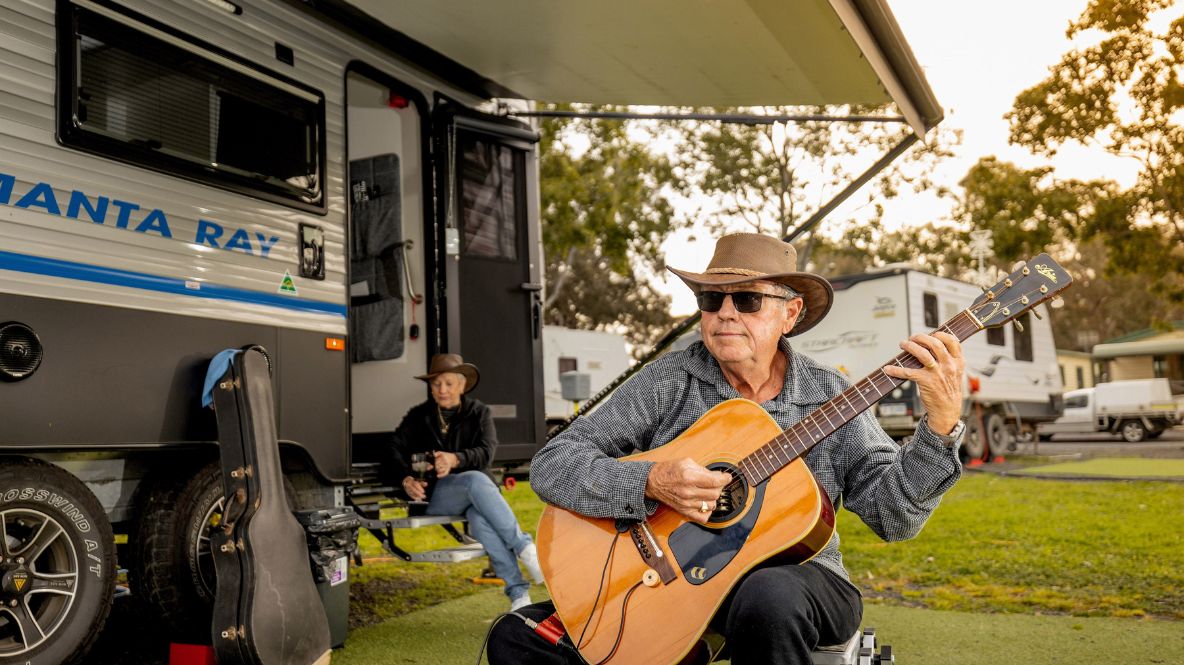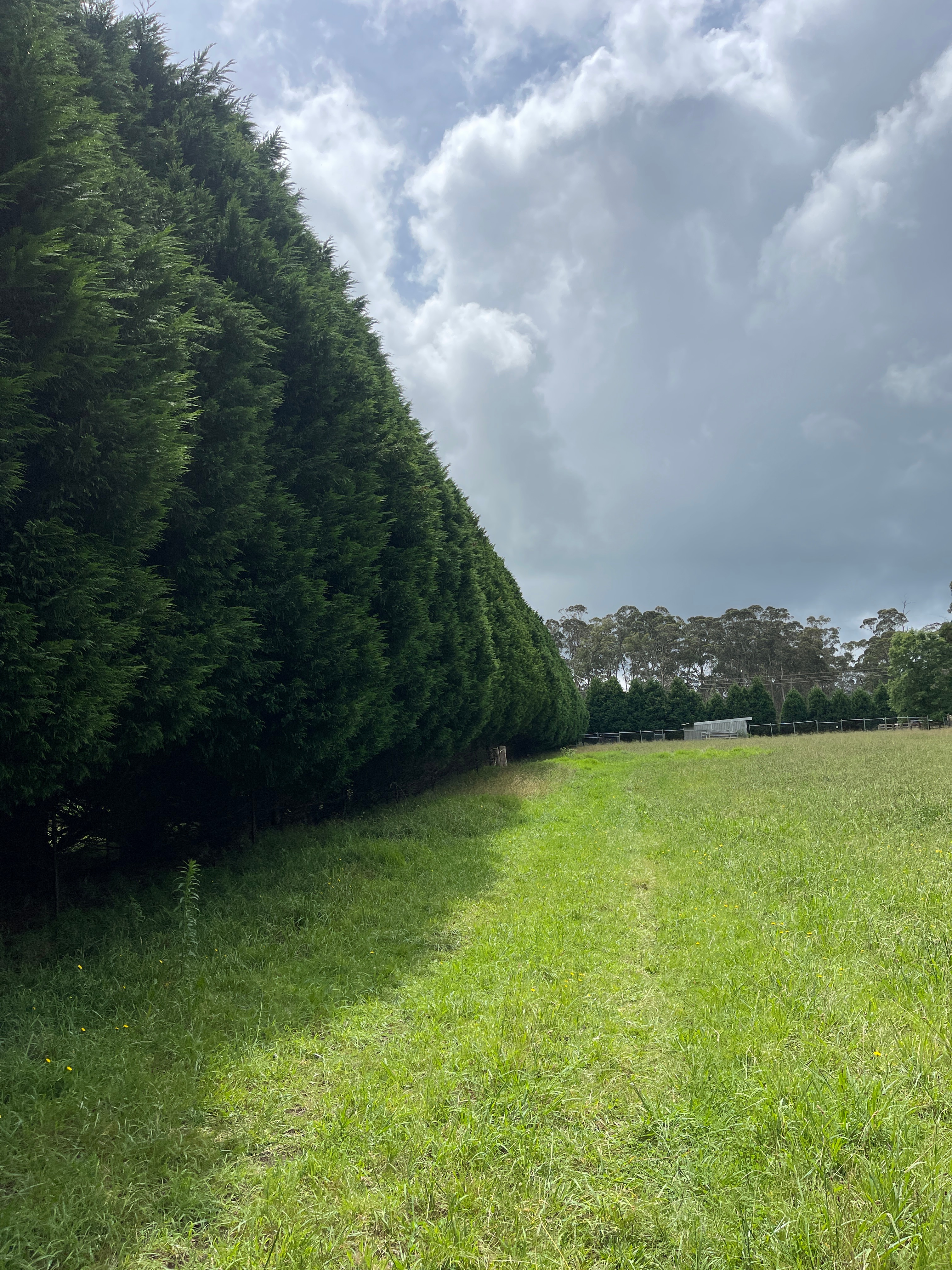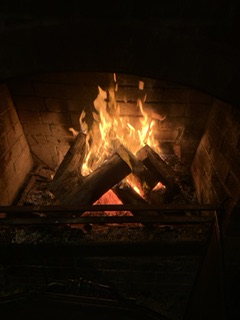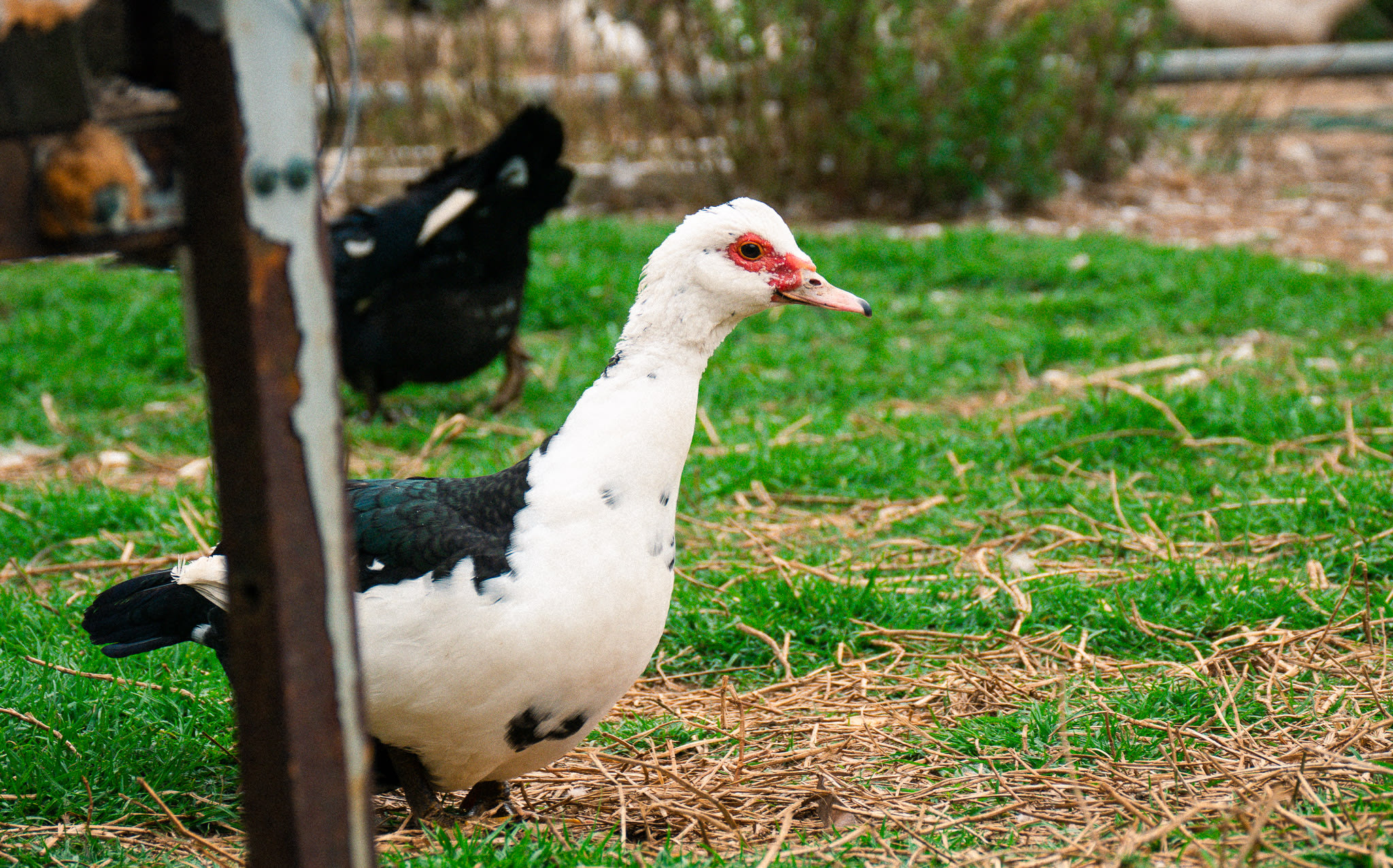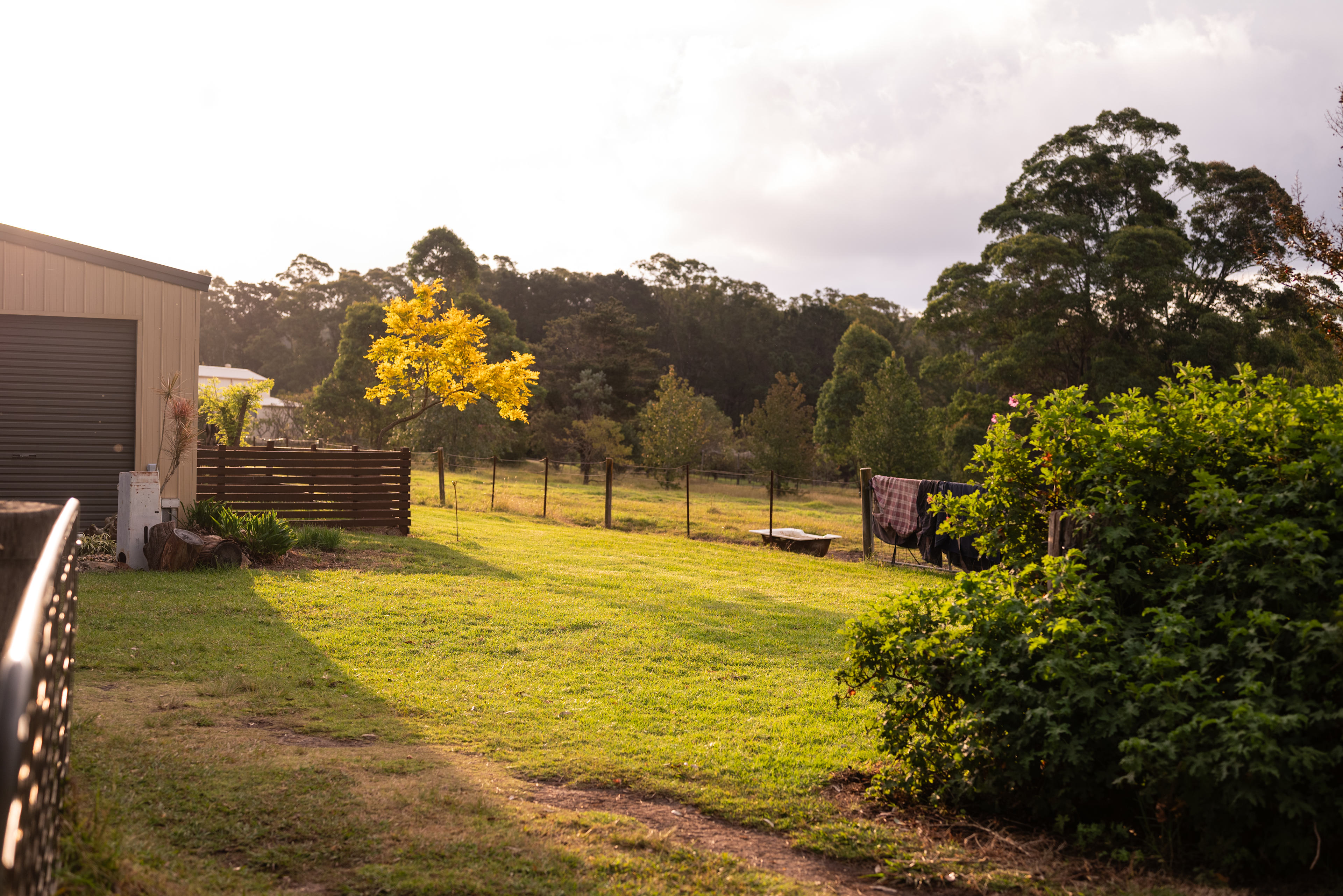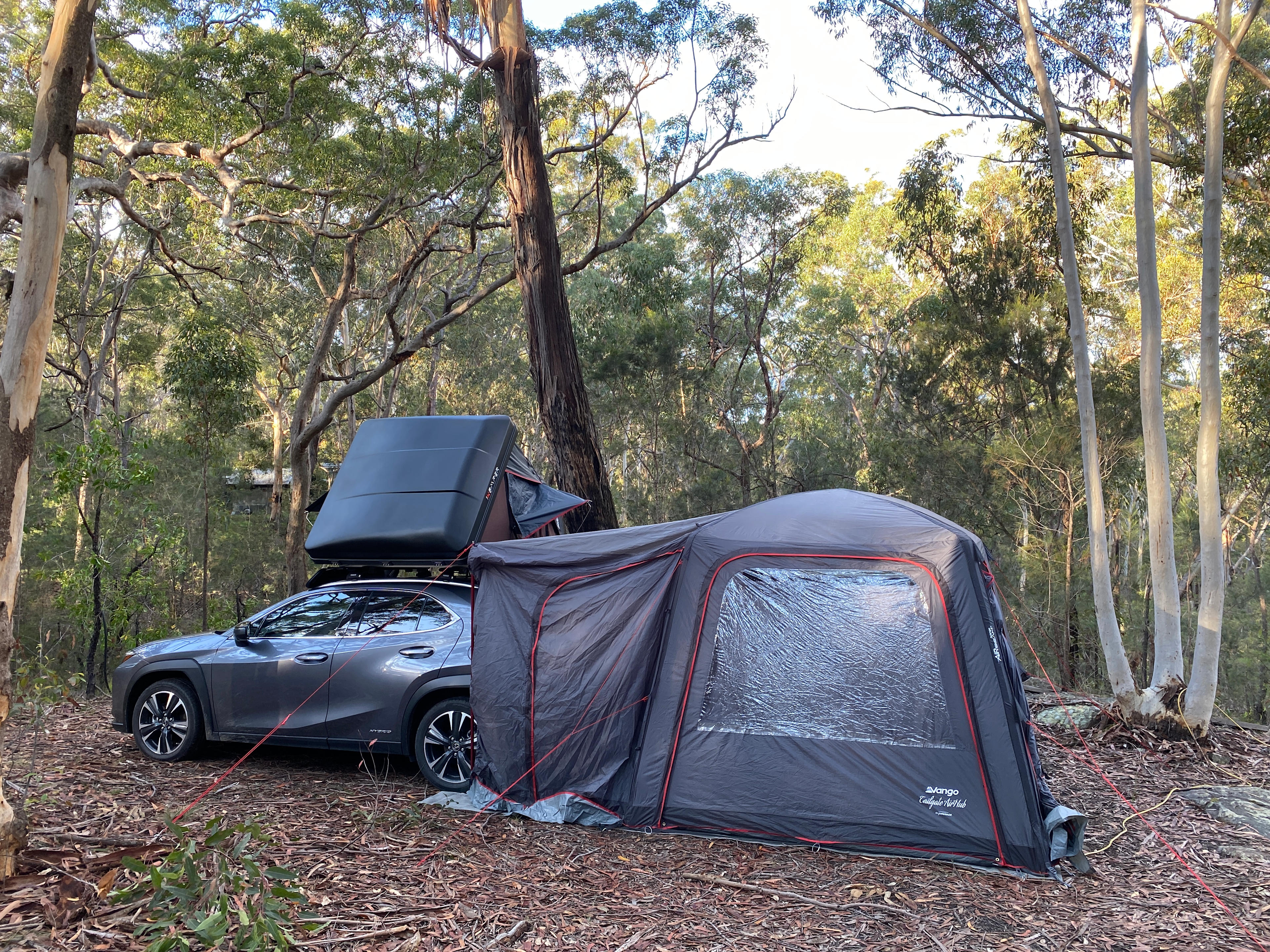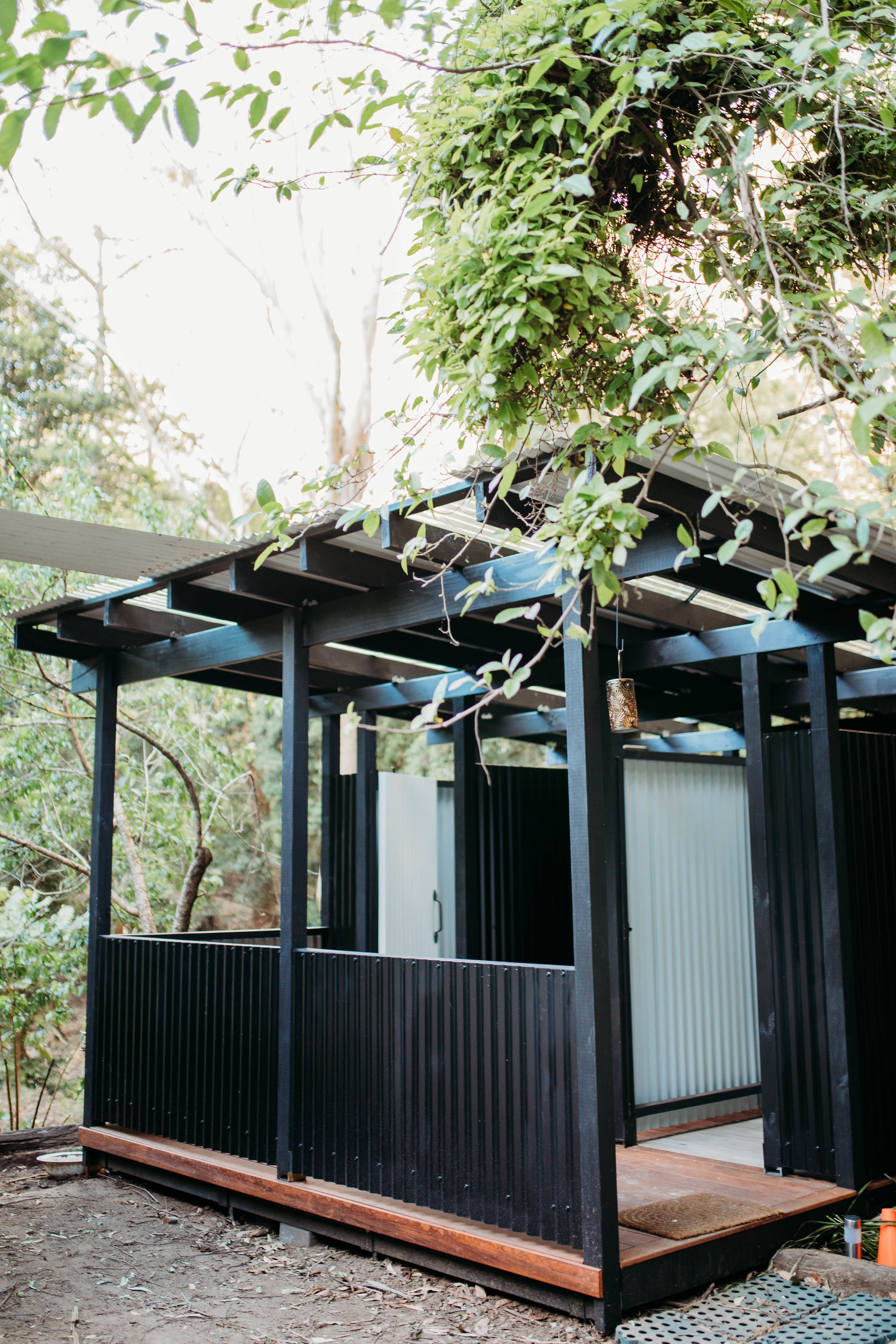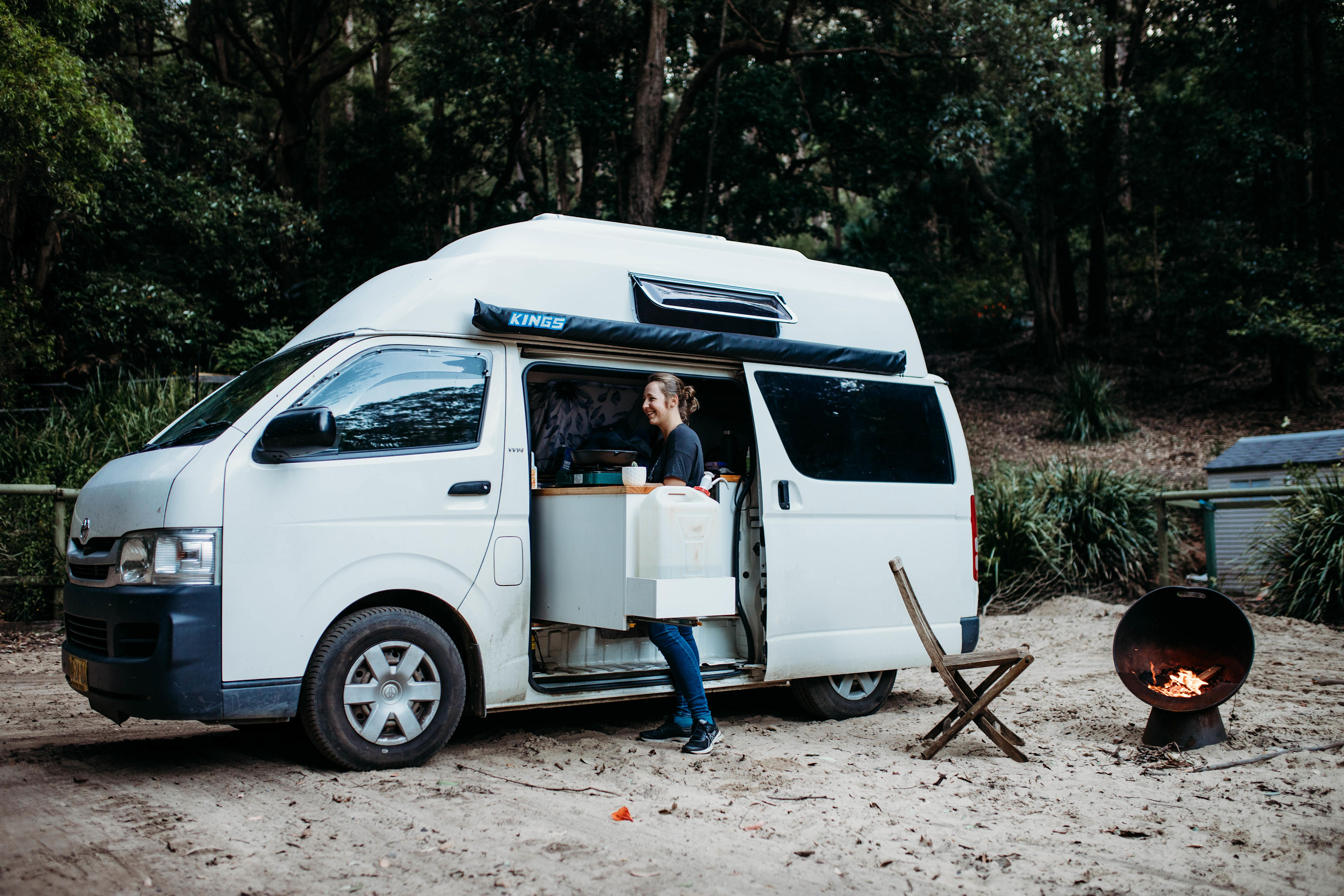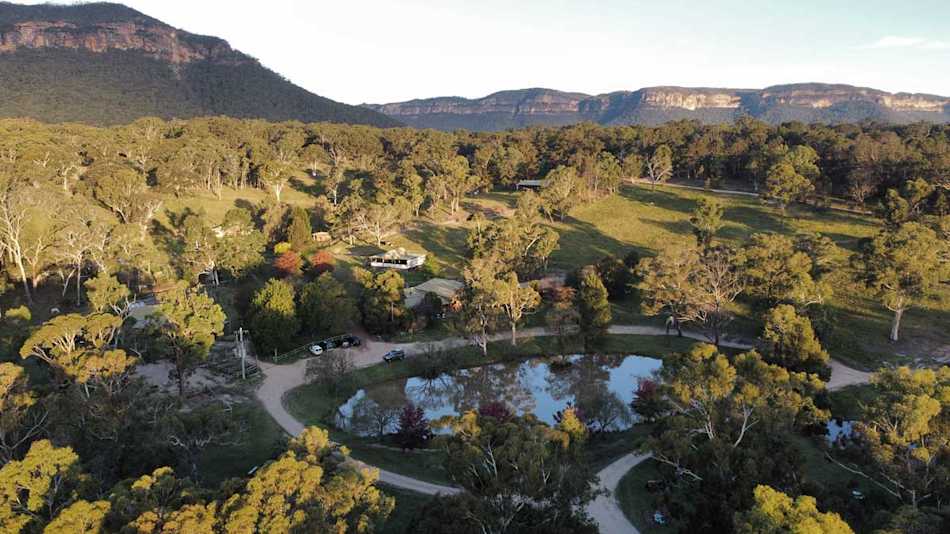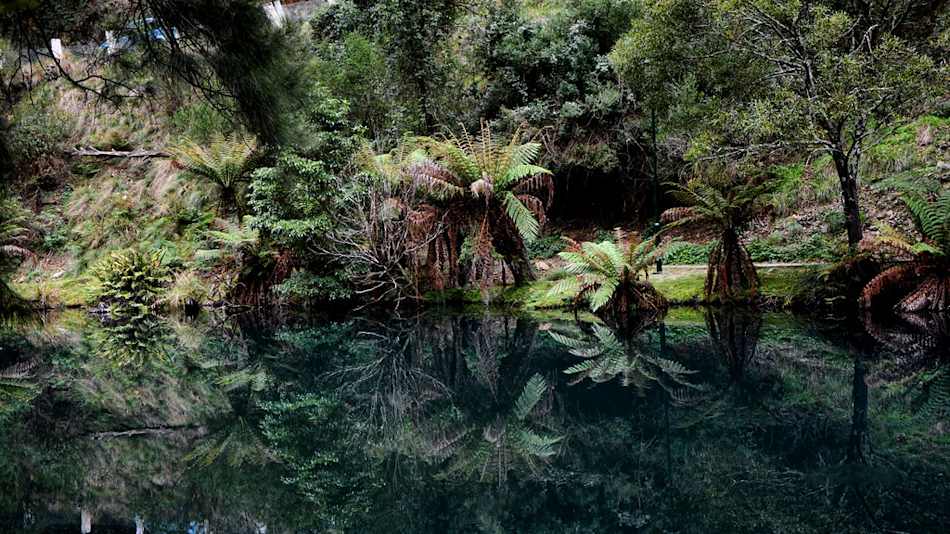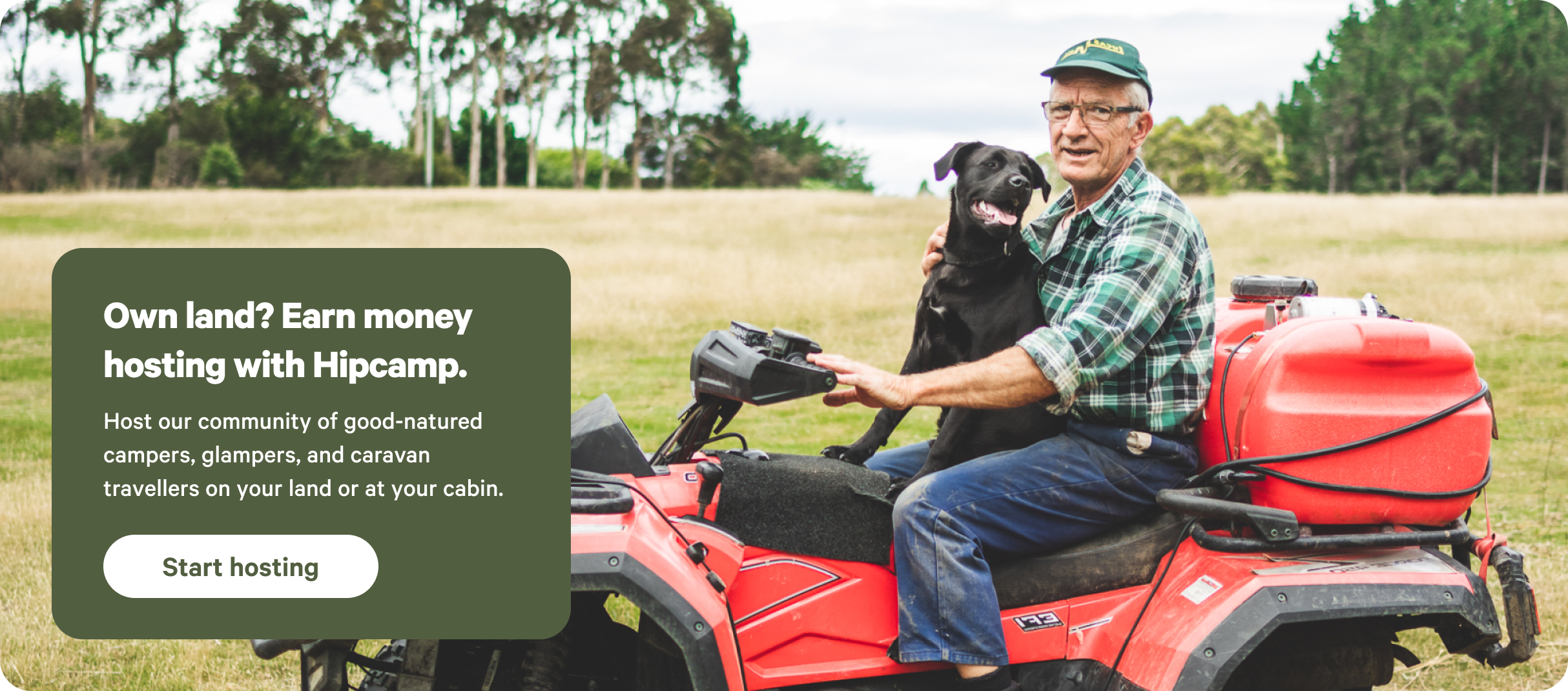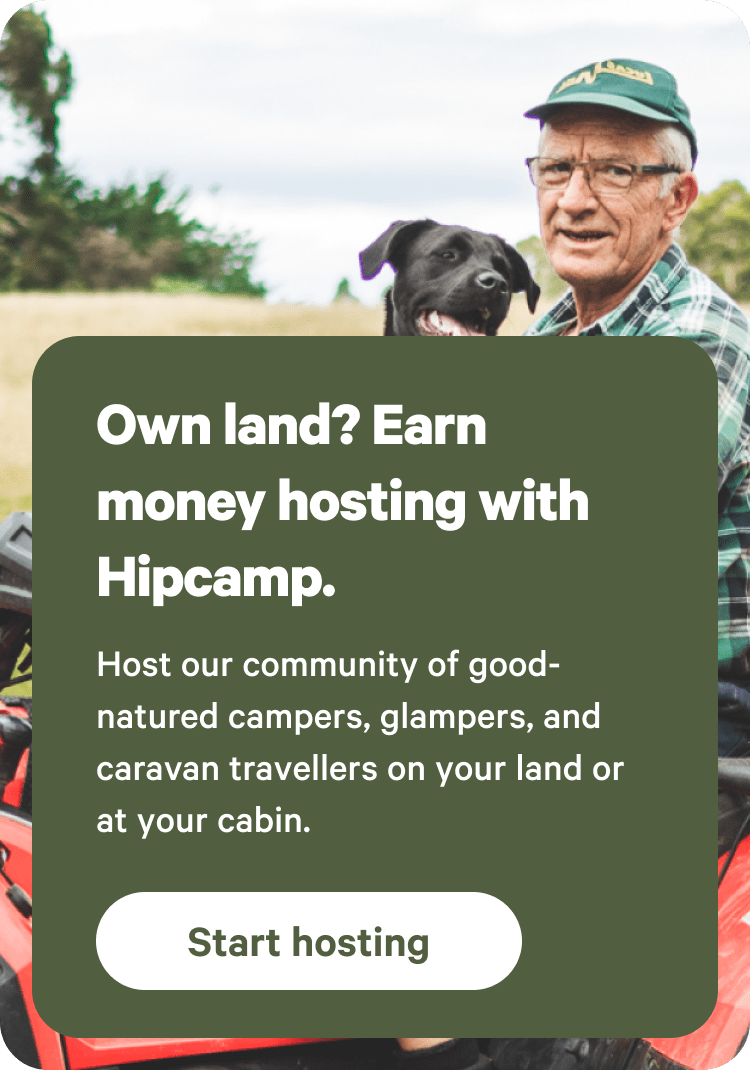Top-rated campgrounds near Wollongong
1. Misty Mountain Farm - Farm Stay
2. Coolendel Camp
3. Buxton Getaway
4. Mittagong Holiday Park
5. Grady's Riverside Retreat
6. Joadja Gorge Retreat & Camping
7. Mellows Ridge
8. Hidden Brook Southern Highlands NSW
9. Pheasant Ground
10. Wombat Hollow
11. Secrets of Terara
12. Shoalhaven Heads Village
13. Currambene Creek Farm
14. Young Macdonald’s Farm
15. Shellharbour Holiday Village
16. Misty Farm
17. Yerrinbool hobby Farm
18. Melon Green at Oakdale
19. Dharawal Camp
20. Otford Park nr Royal National Park
Top-rated campgrounds near Wollongong
1. Misty Mountain Farm - Farm Stay
2. Coolendel Camp
3. Buxton Getaway
4. Mittagong Holiday Park
5. Grady's Riverside Retreat
6. Joadja Gorge Retreat & Camping
7. Mellows Ridge
8. Hidden Brook Southern Highlands NSW
9. Pheasant Ground
10. Wombat Hollow
11. Secrets of Terara
12. Shoalhaven Heads Village
13. Currambene Creek Farm
14. Young Macdonald’s Farm
15. Shellharbour Holiday Village
16. Misty Farm
17. Yerrinbool hobby Farm
18. Melon Green at Oakdale
19. Dharawal Camp
20. Otford Park nr Royal National Park
Top camping destinations around Wollongong
Recent reviews from the Hipcamp community
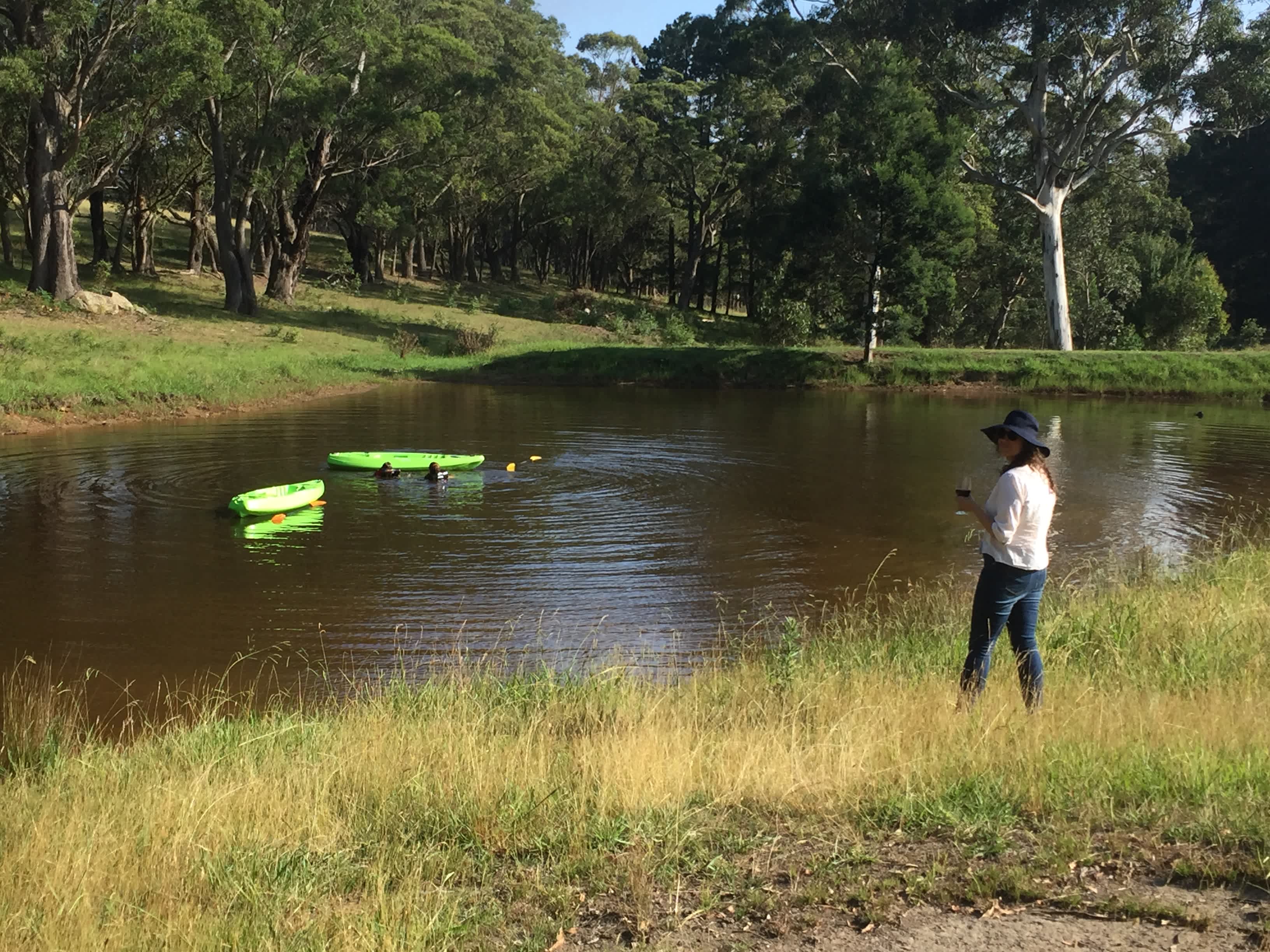

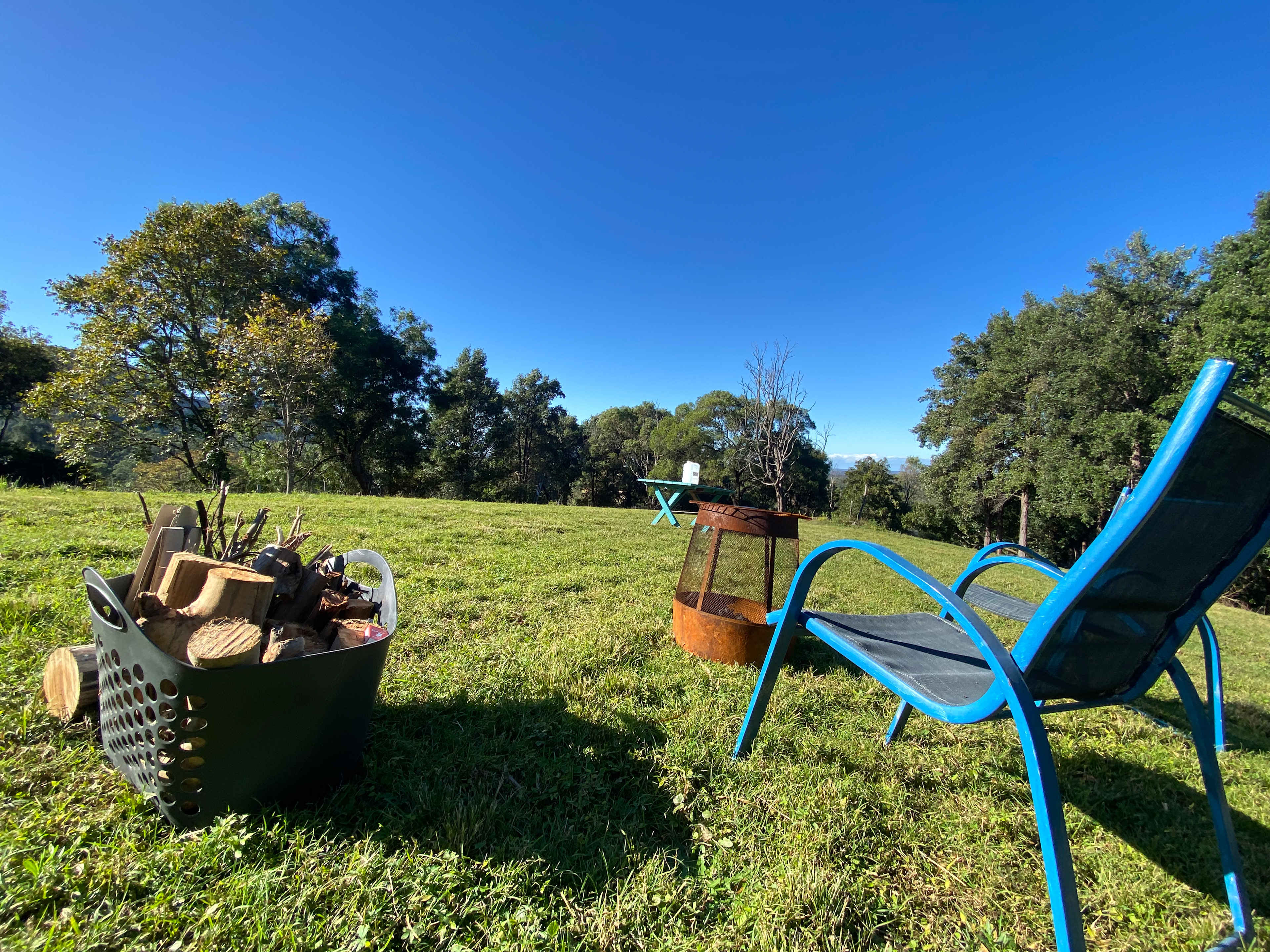
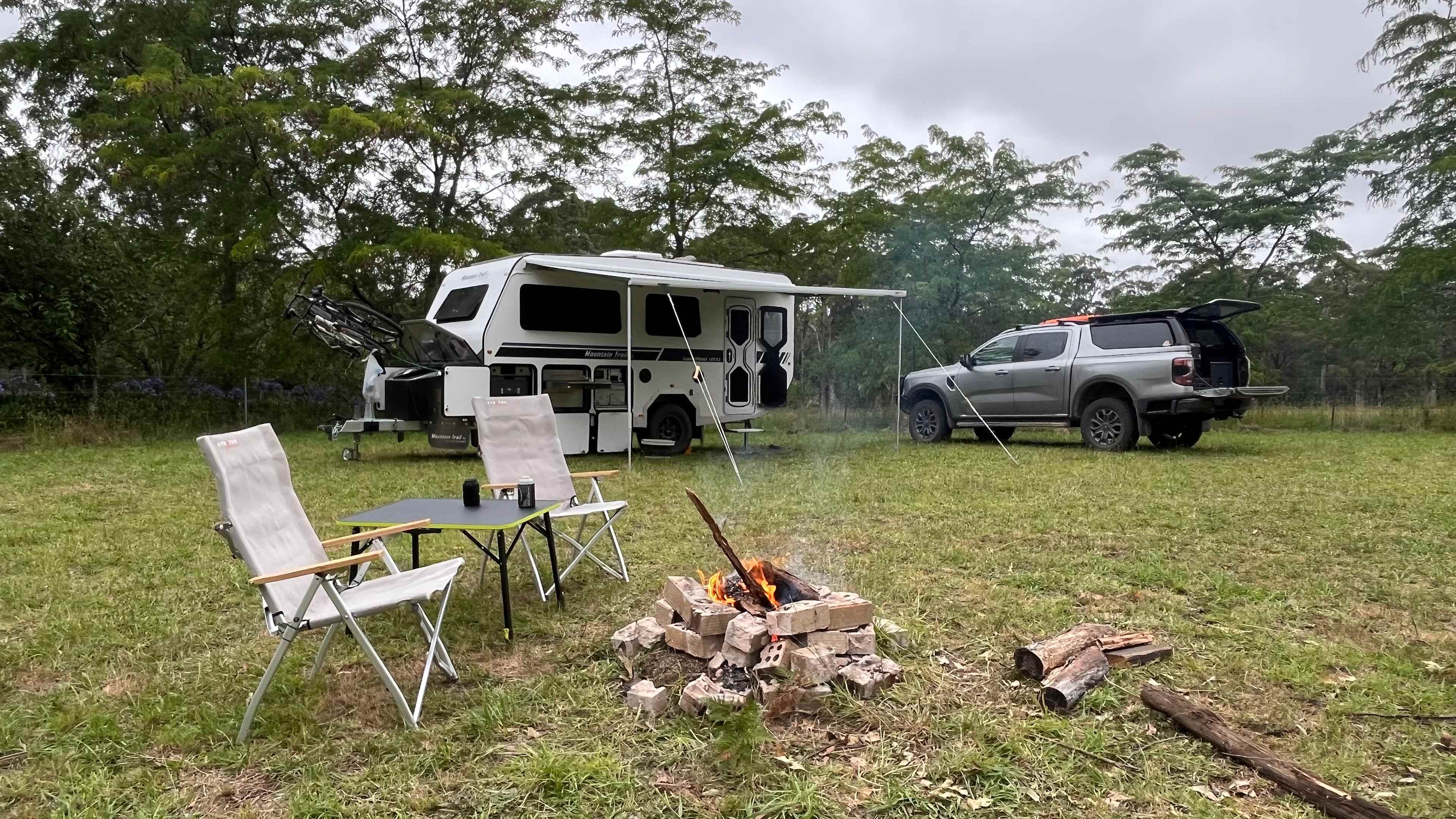
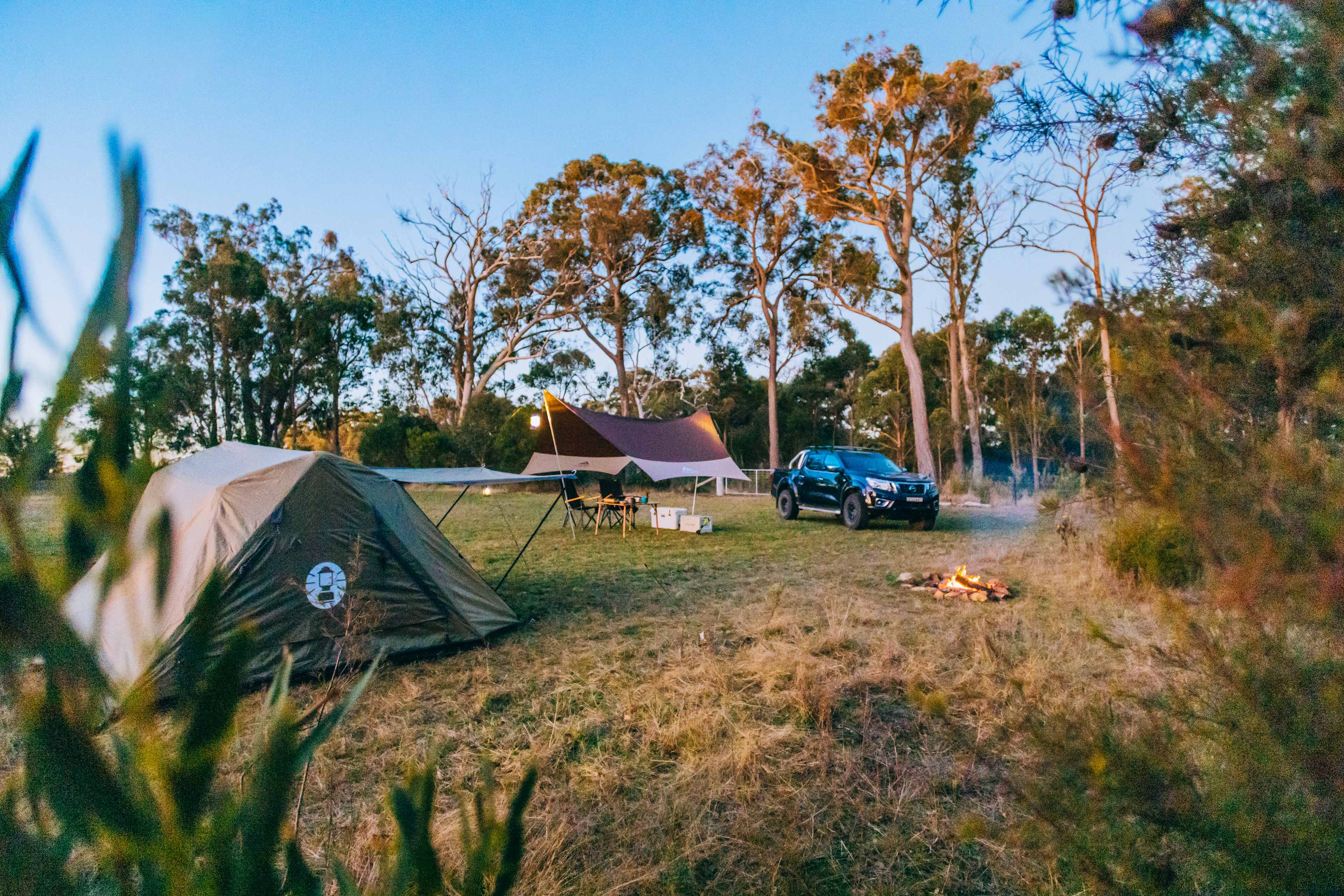
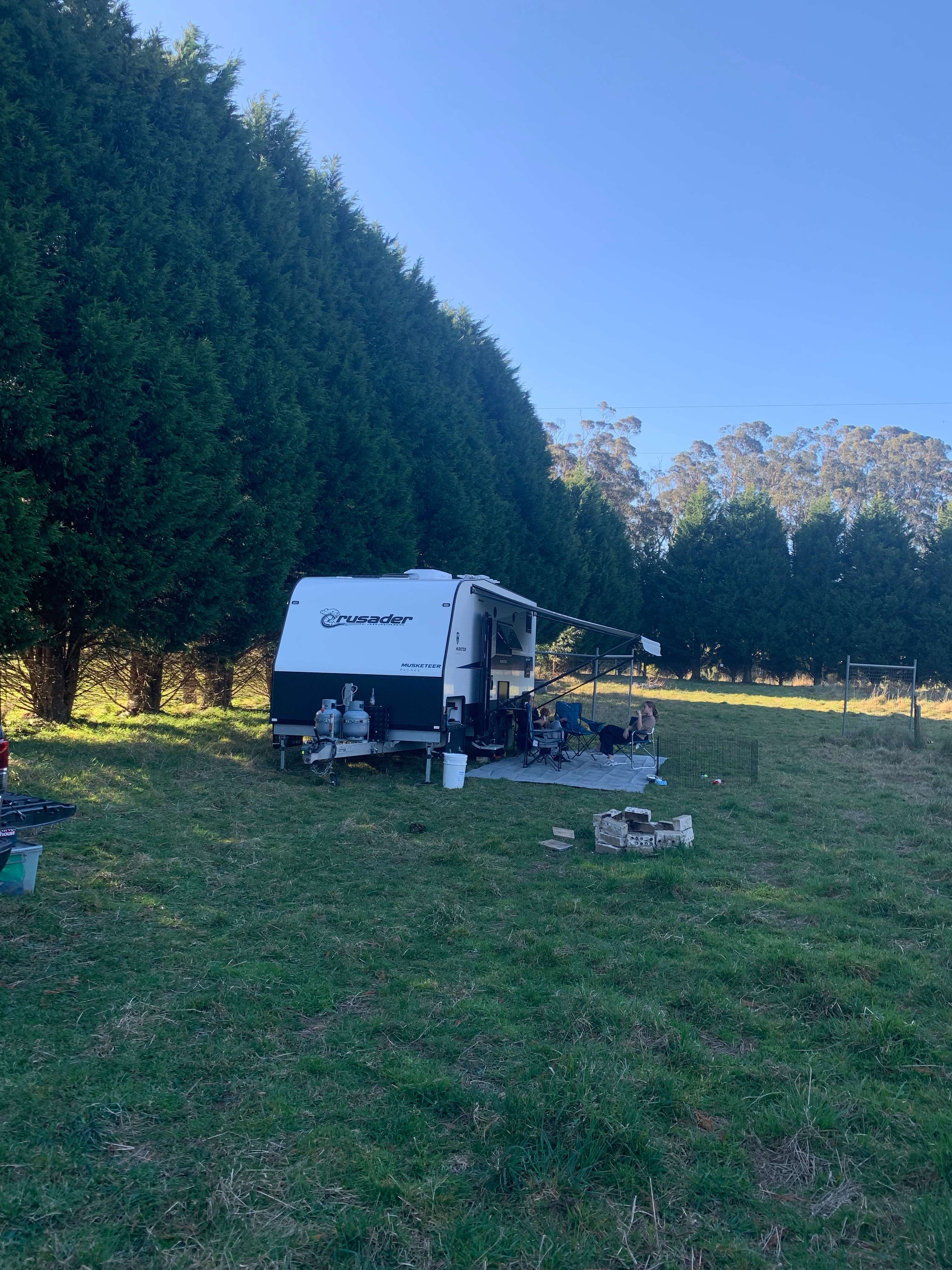
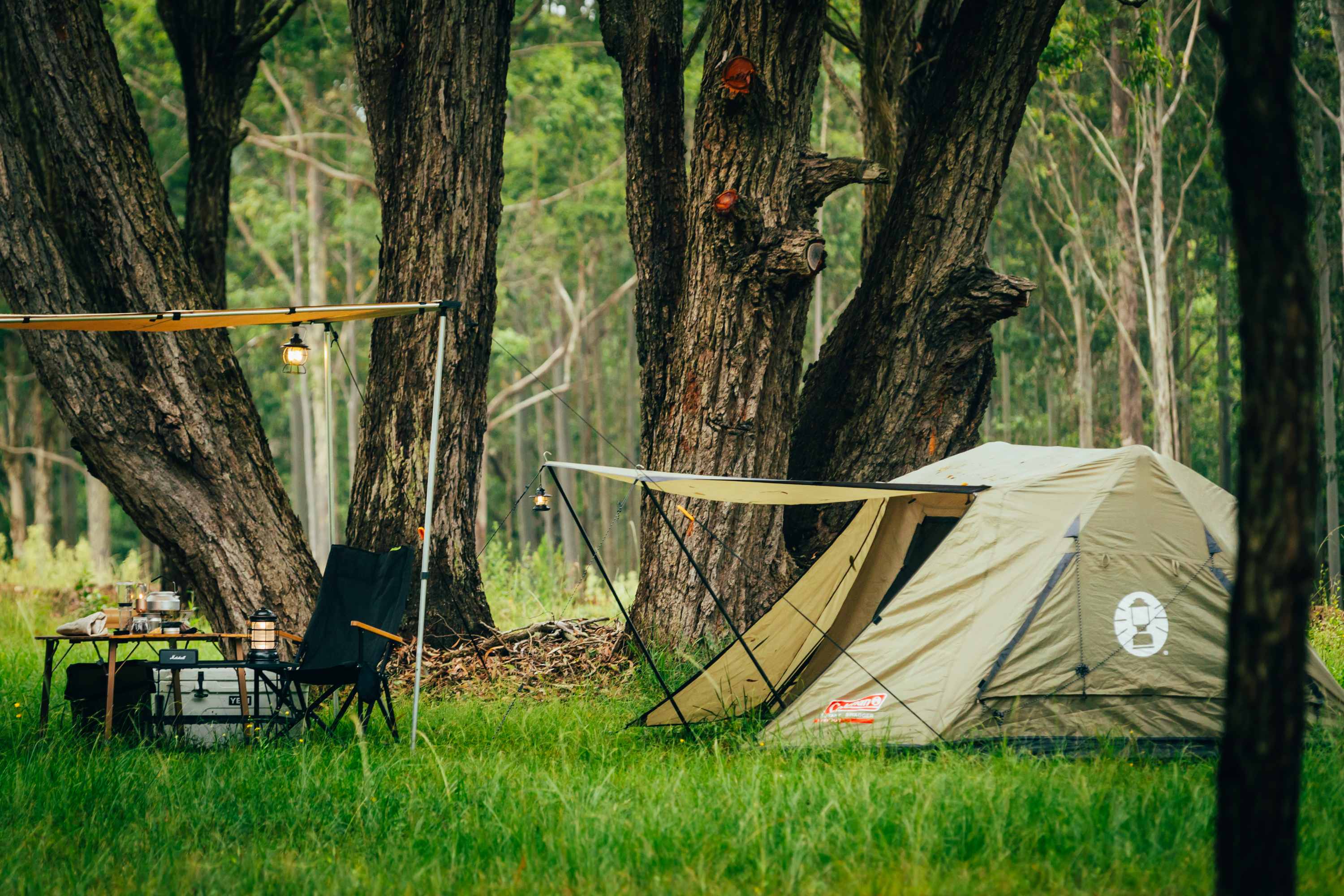

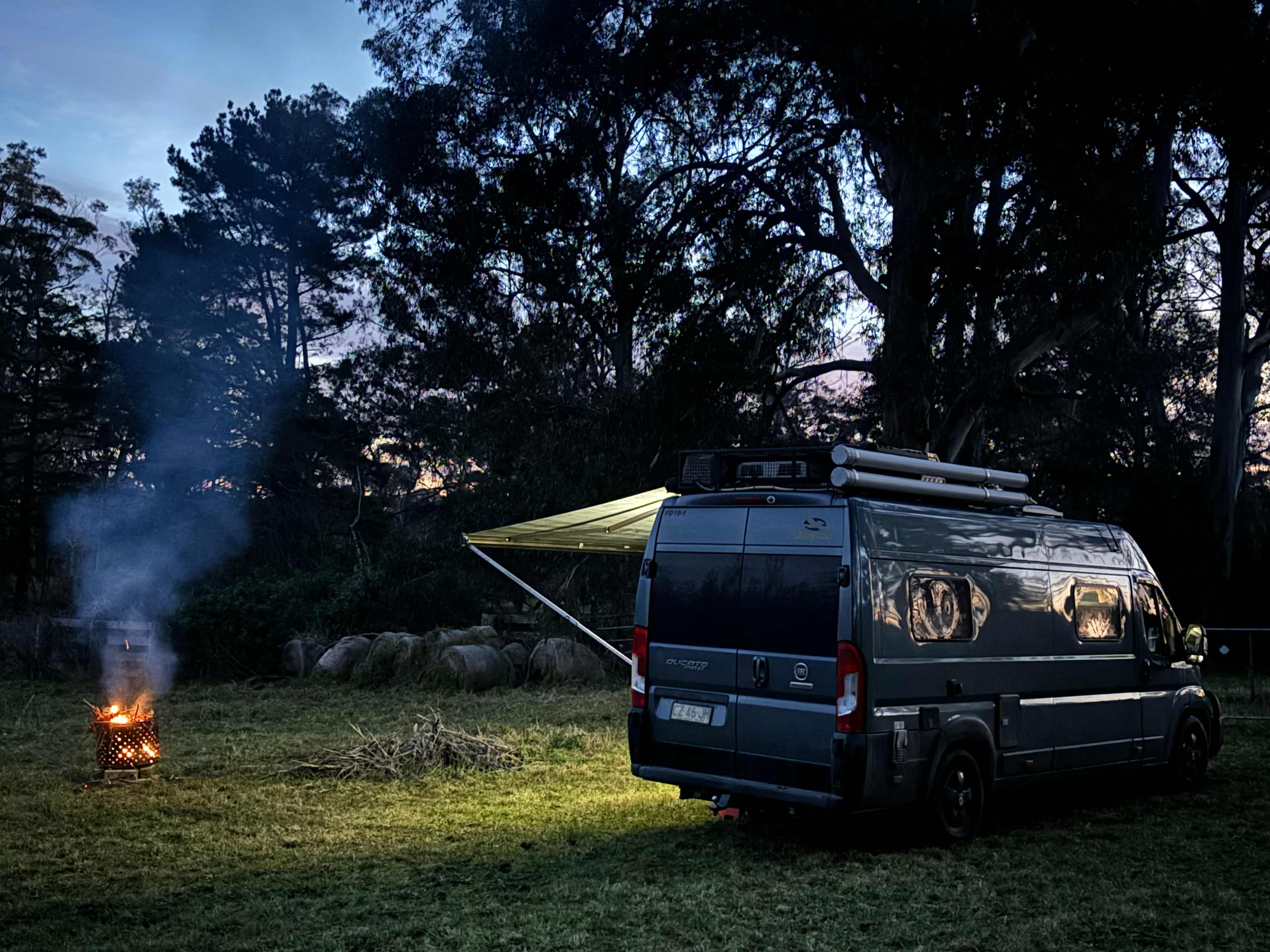
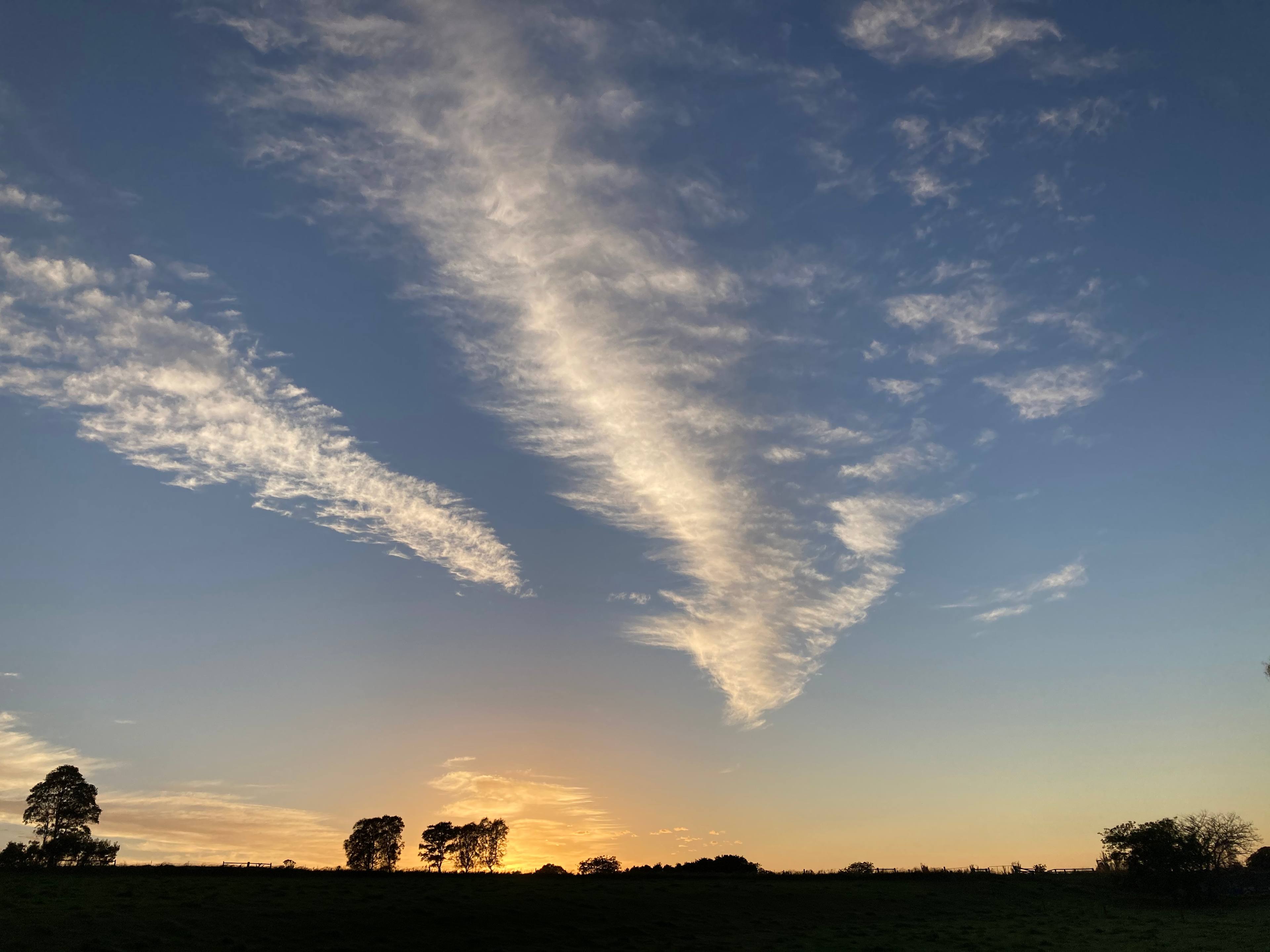
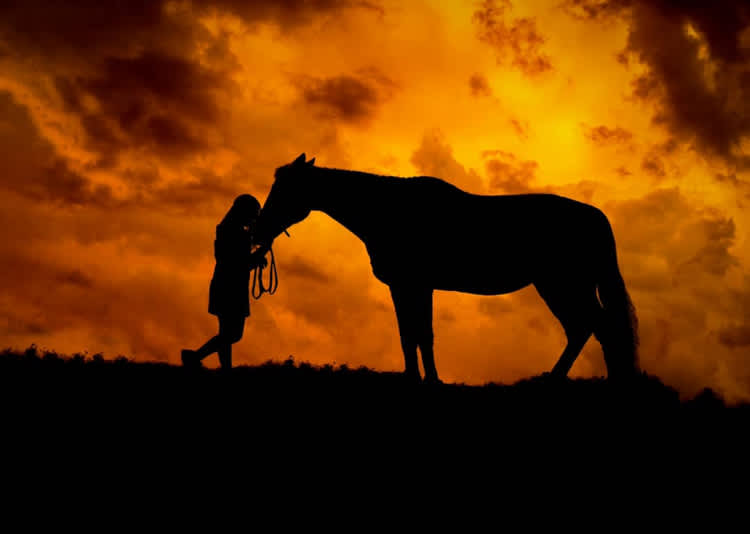

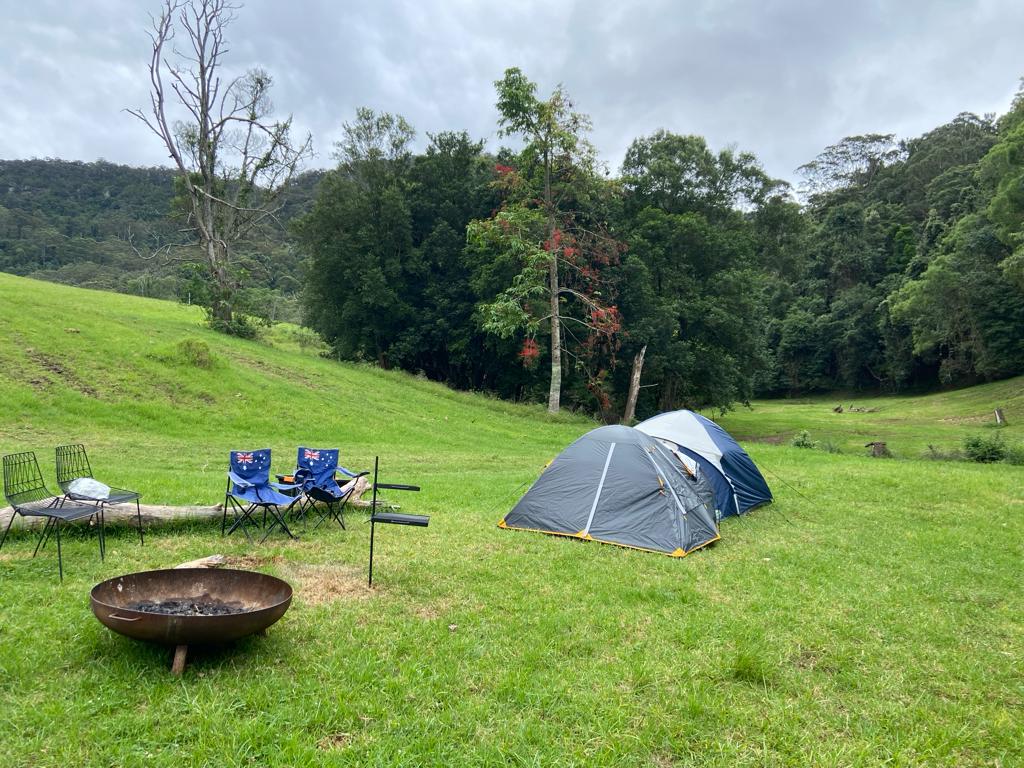
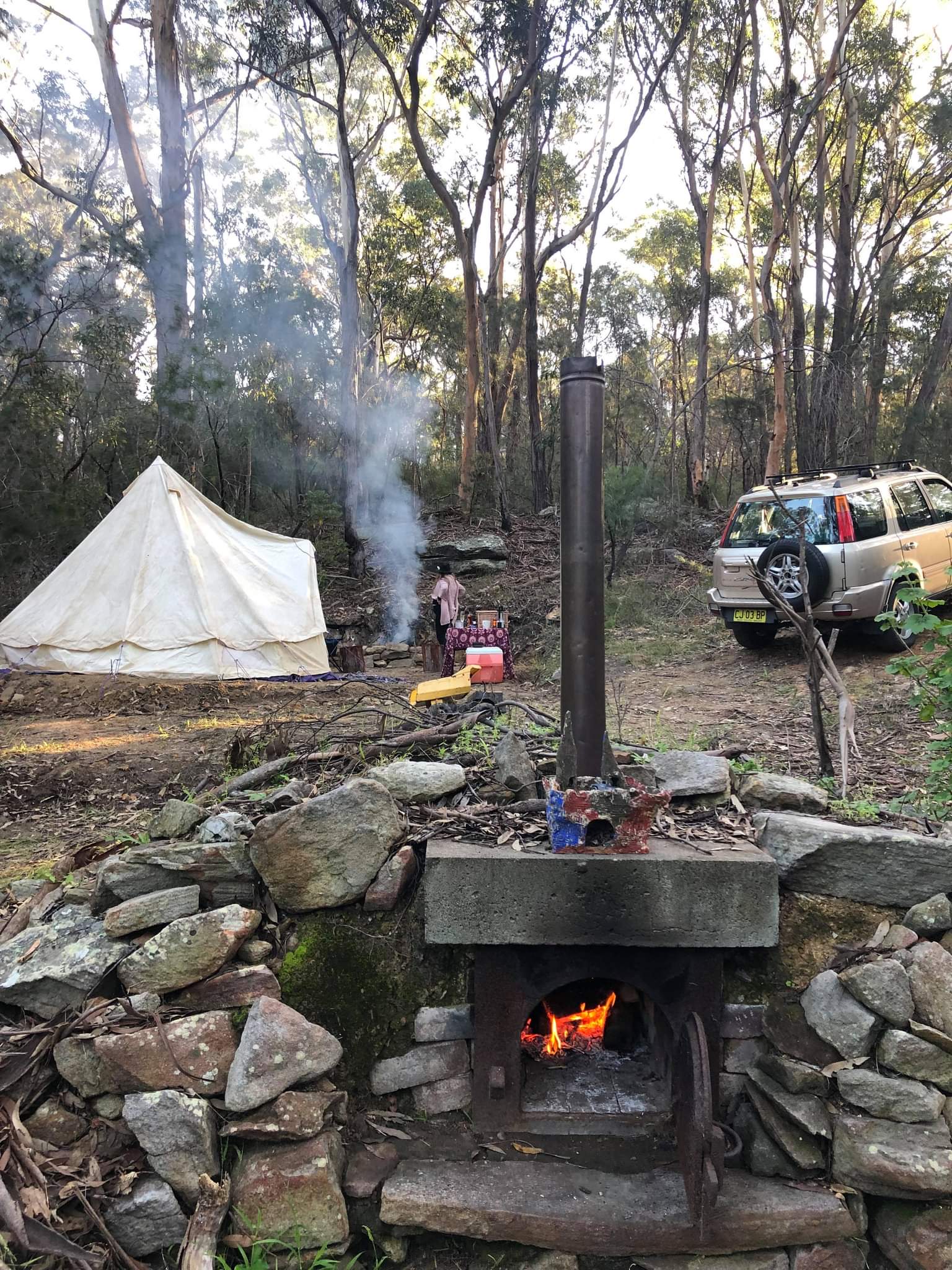
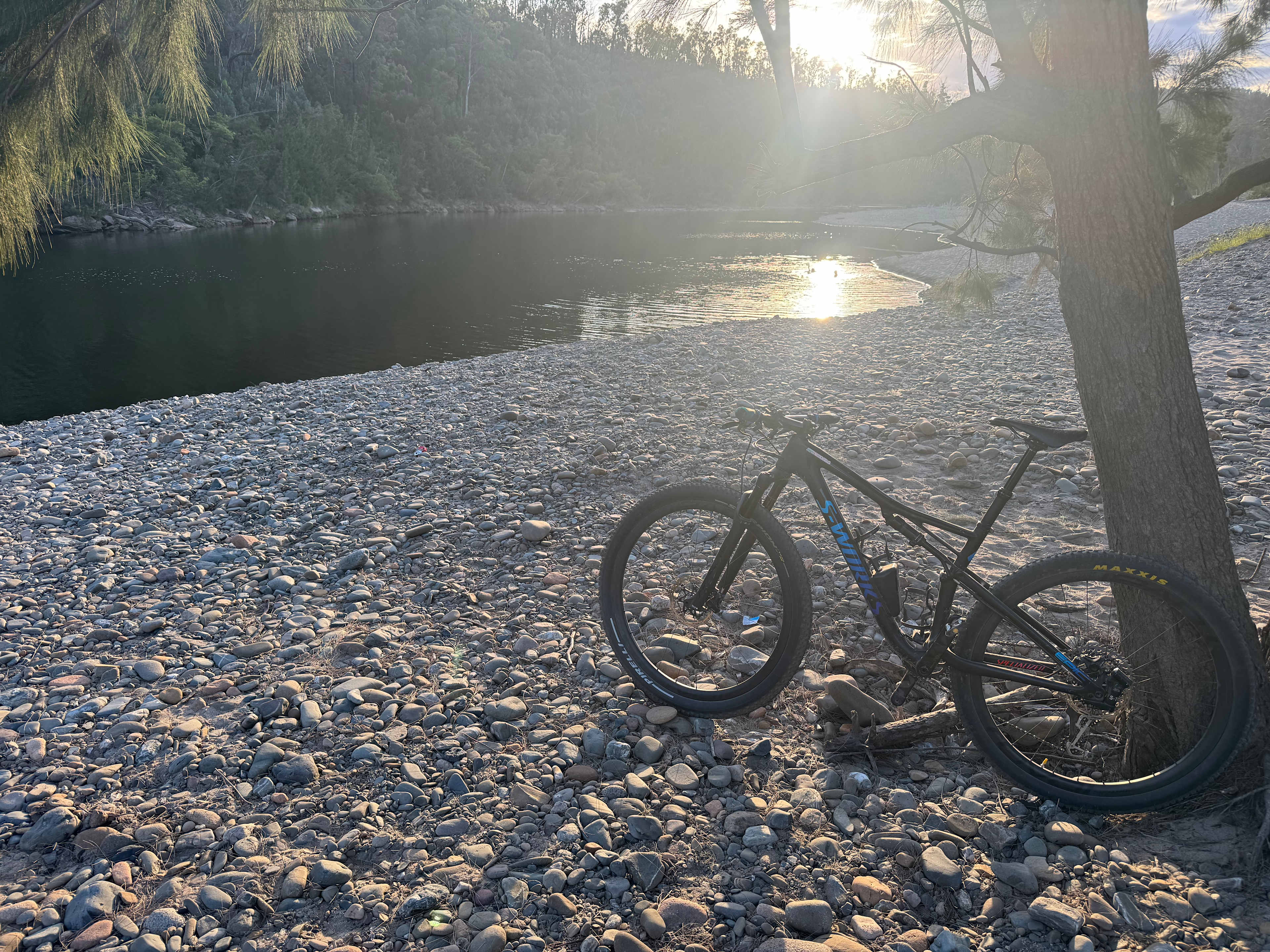
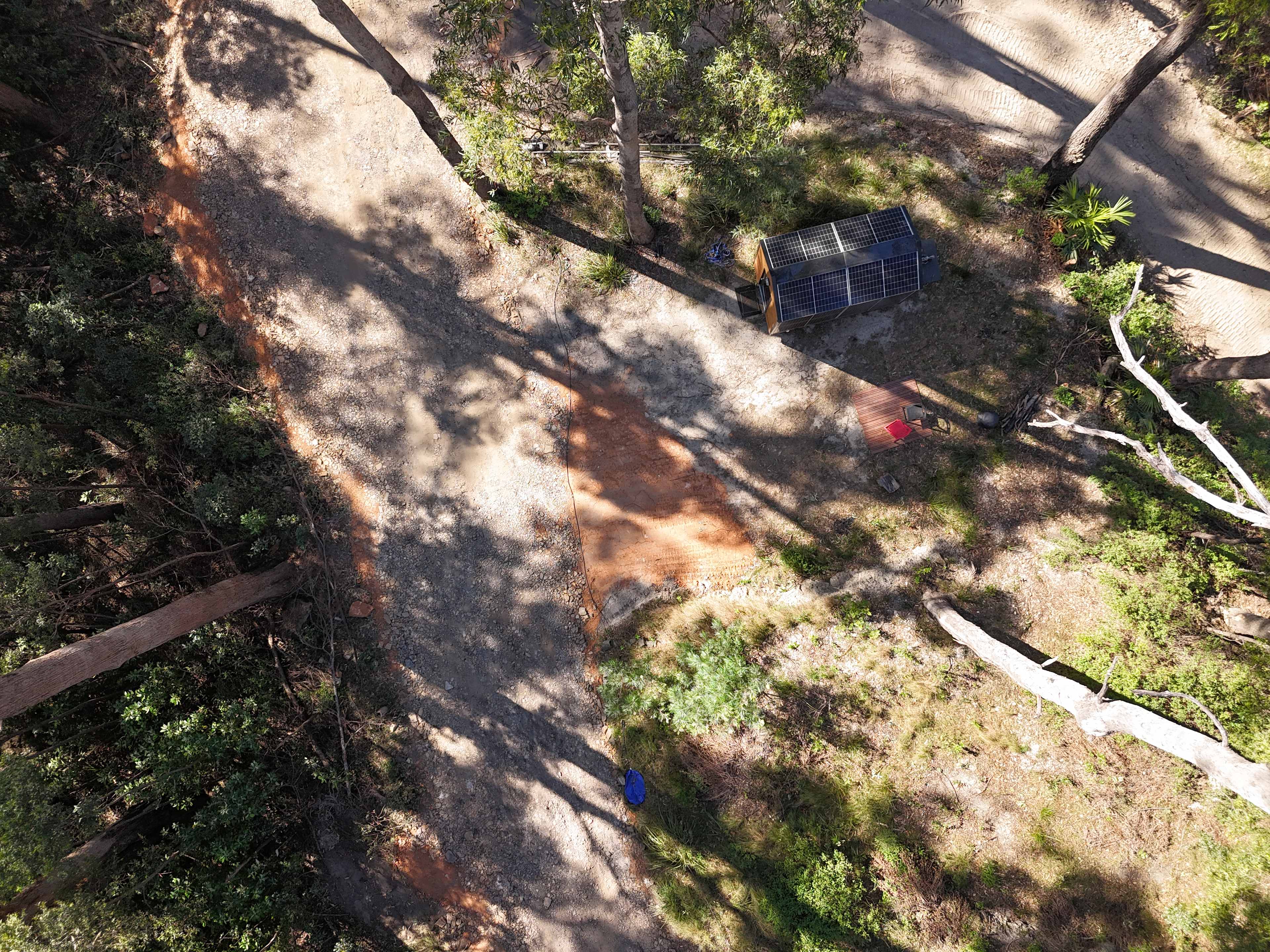
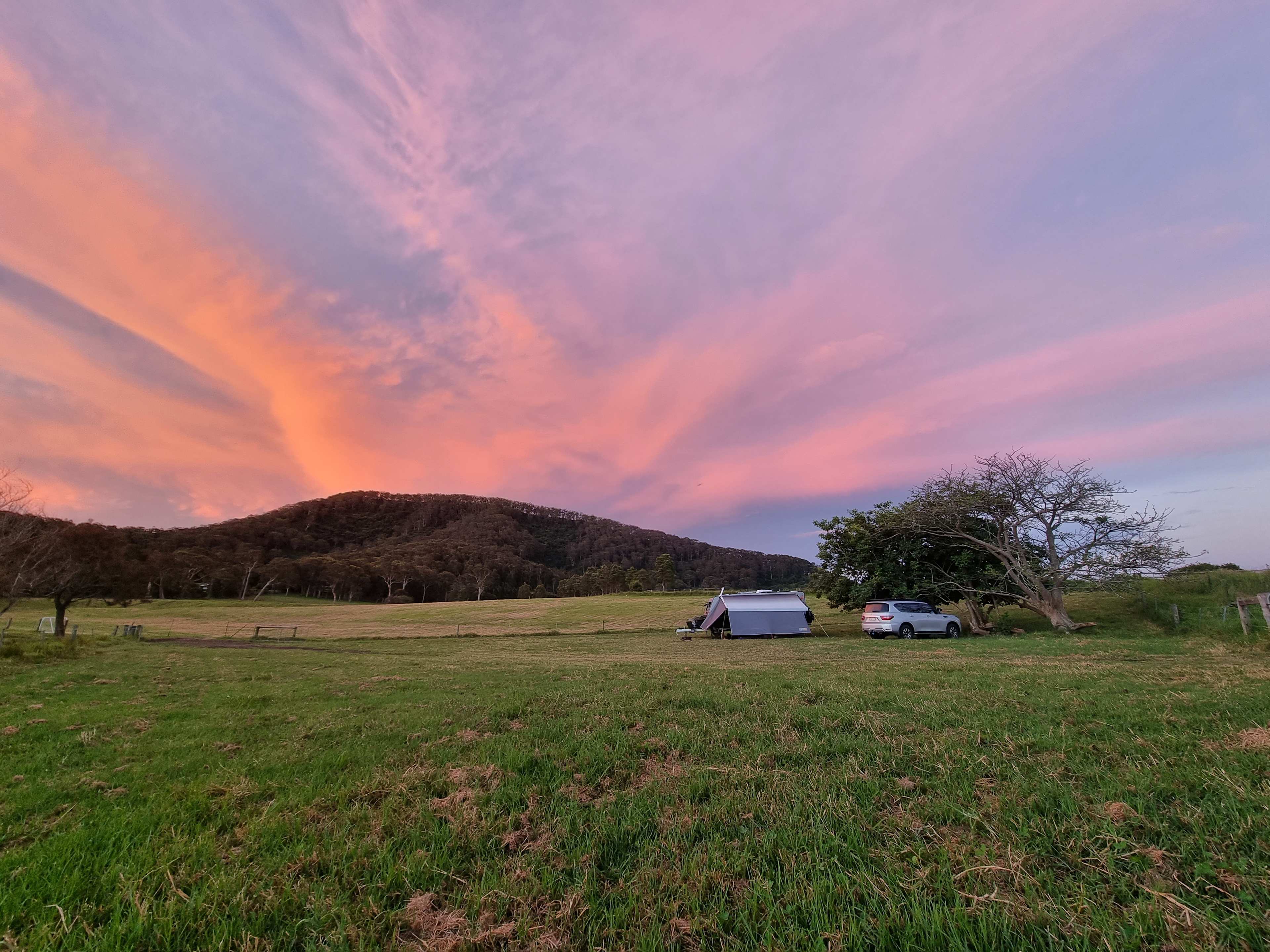
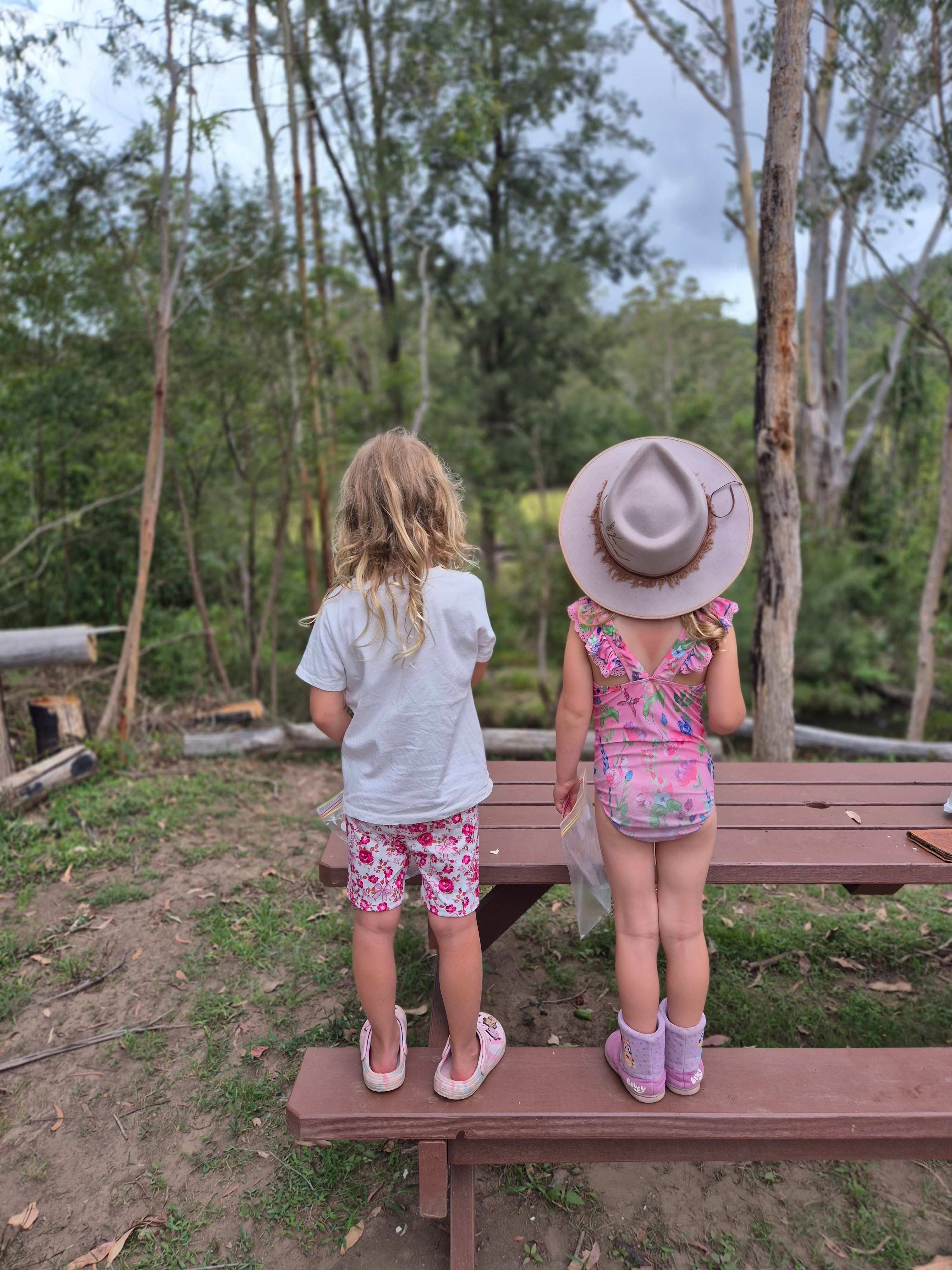
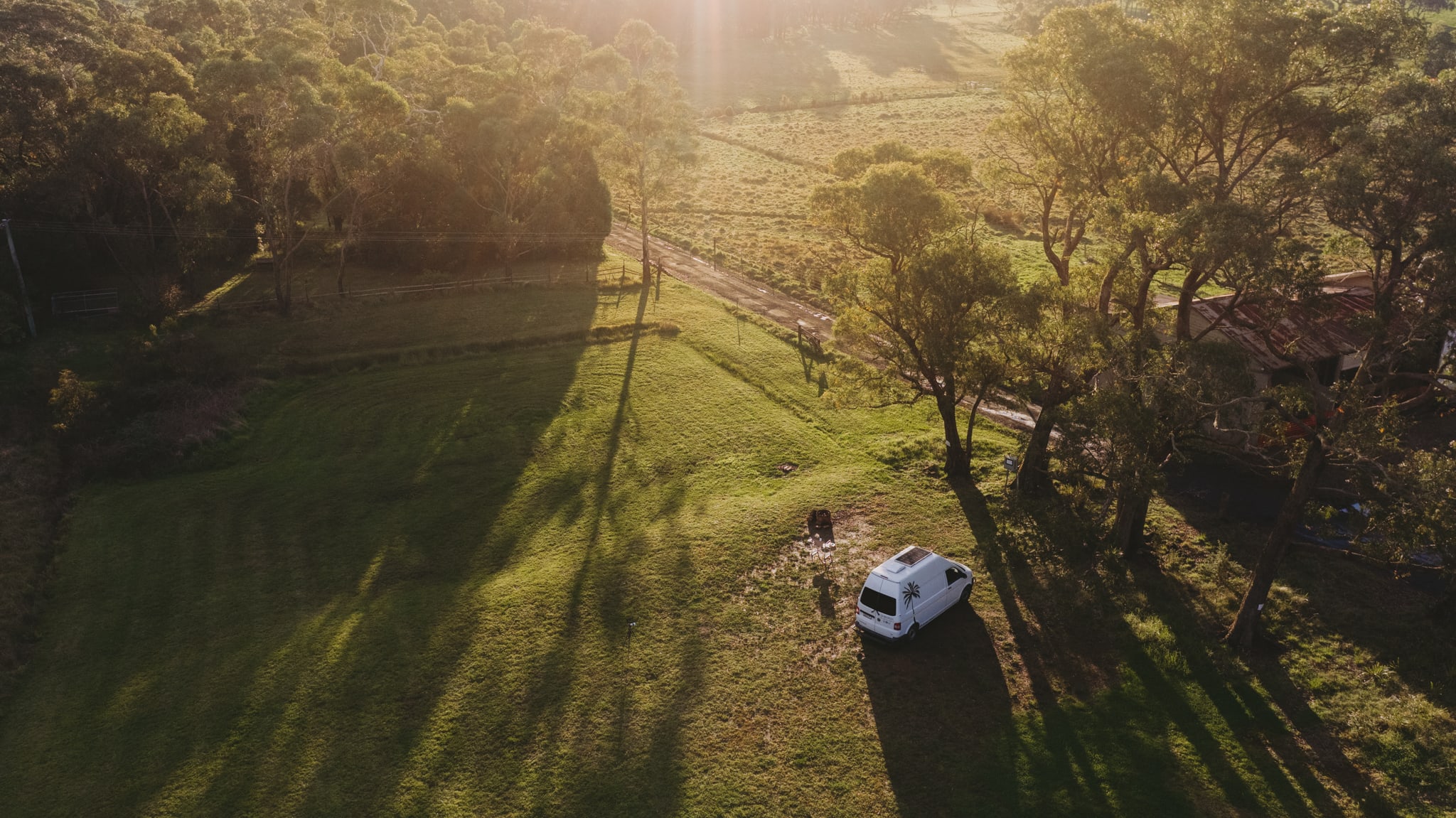
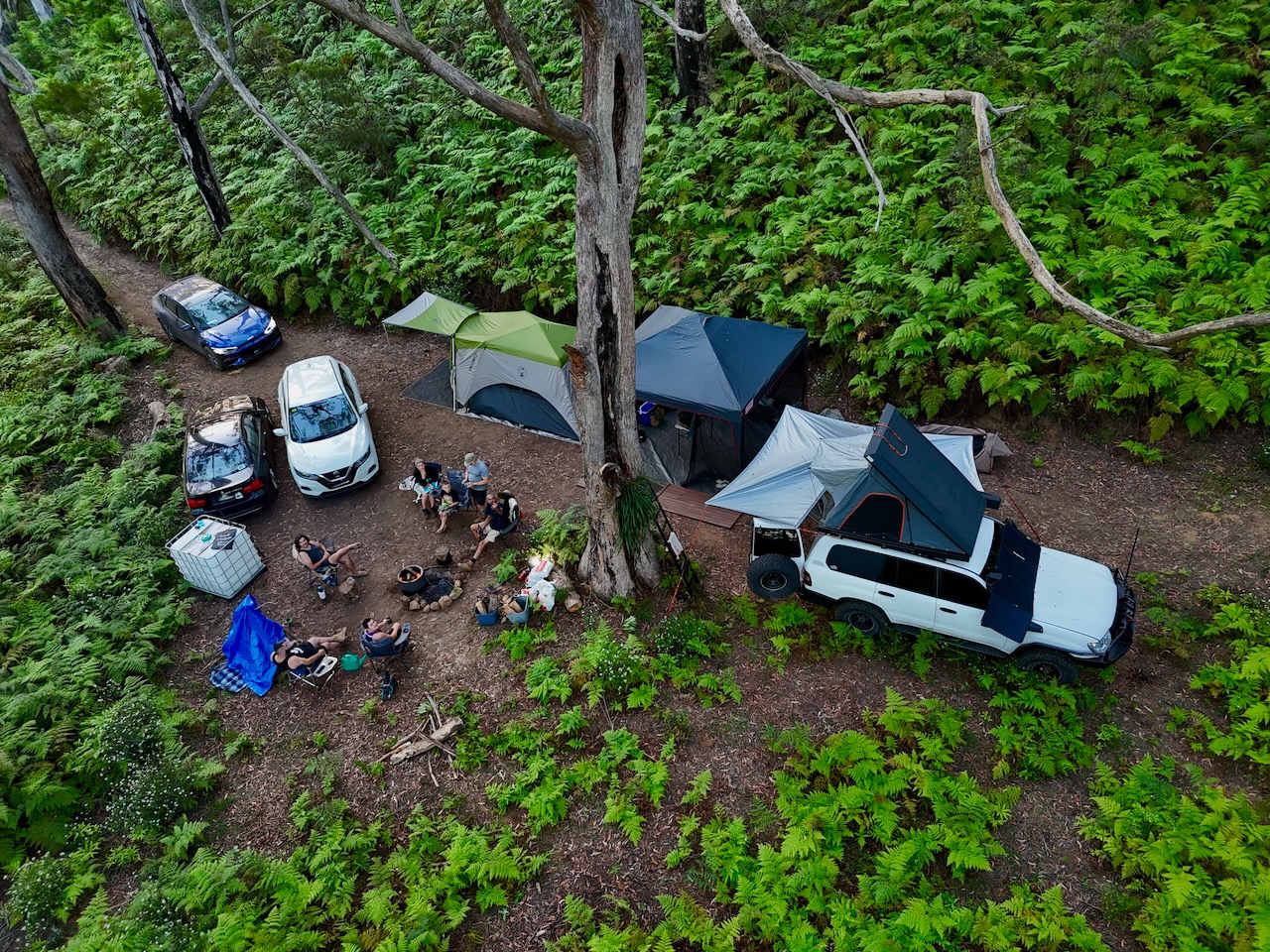


The best camping near Wollongong guide
Where to go
Grand Pacific Drive
NSW’s answer to Victoria’s Great Ocean Road, the Grand Pacific Drive (also known as Lawrence Hargrave Drive) is a cliffside scenic route that meanders along the coastline south of Sydney. Soak in the views from Stanwell Tops, then wind along the edge of the cliffs 50 metres out to sea on the famous cantilevered Sea Cliff Bridge between Coalcliff and Clifton. After that, you’ll want to hop from beach to beach—most have a caravan park or beachside camping ground nearby—all the way to Wollongong.
Southern Highlands
Reminiscent of England with green hills, stone houses, and cool-climate gardens of tulips and daffodils in spring, these highlands that flank the coast between Sydney and Wollongong are the place for a country weekend getaway. You’ll find good holiday parks in the towns of Mittagong, Moss Vale, and Bowral, or choose to bush camp in riverside camping areas in the state forests and national parks. Bring your winter woollies—it can get cold at night.
Kangaroo Valley
Valleys don’t get much prettier than Kangaroo Valley, just over an hour’s drive southwest of the ‘Gong and home to the oldest suspension bridge in Australia, set over the Kangaroo River. Despite the name, you’ll probably see more wombats than wallabies at riverside camping spots, caravan parks, and glamping areas. Nearby must-sees include Fitzroy Falls in Moreton National Park.
Shellharbour, Kiama, Berry, and Jamberoo
Watch the waves woosh through the blowhole at Kiama, climb the Illawarra Fly (a bouncy, 500-metre-long, 25-metre-high, elevated treetop walk near Robertson), tackle the waterslides at Jamberoo Action Park, walk with lyrebirds in the rainforest at Minnamurra, or feed your sweet tooth with a hot donut from Berry Donut Farm. If you’re a surfer (or just a lover of sleeping by the sea), head to The Farm at Killalea State Park, where the campsites are right behind the beach.
When to go
Summer time is best for seaside camping, especially if you plan on swimming. Camping and caravanning are top choices on the South Coast during the summer months and school holidays, especially in late December and throughout January, when you’ll need to book well in advance to secure a place. If you want to see whales, go between June and November.
Know before you go
- The wheelchair-accessible boardwalk leading to Minnamurra Falls in Minnamurra Rainforest is perfect for families.
- Set at Stanwell Tops just north of Wollongong, 275-metre-high Bald Hill is Australia’s best spot for hang-gliding and paragliding thanks to ocean views with Royal National Park to the north and the escarpment to the south. Tandem flights are available—no experience needed...just a good head for heights.
- The surf beaches of the Illawarra are a great place to learn to surf.
